The bathroom medicine cabinet is a staple in most households across the United States. From storing daily essentials like toothpaste to housing medications for minor ailments, these cabinets are a go-to solution for convenience and organization. But have you ever wondered why the bathroom is the most common place for a medicine cabinet?
In this article, we’ll explore the reasons behind this popular choice, the benefits it offers, and whether the bathroom is truly the best location for storing medicines and first-aid supplies. By the end, you’ll have a better understanding of why the bathroom medicine cabinet has become a household norm and how to make the most of yours.
The History of Bathroom Medicine Cabinets
To understand why medicine cabinets are typically placed in bathrooms, it’s helpful to look back at their origins.
1. The Evolution of Home Design
In the early 20th century, bathrooms became the central hub for hygiene and personal care. It made sense to store toiletries and medicines in the same space.
Compact homes and apartments often prioritized multipurpose spaces, and the bathroom served as an ideal location for a small, wall-mounted cabinet.
2. Rise of Modern Medicine
As over-the-counter medications became more widely available, homeowners needed a designated place to store them. Bathrooms, with their sink and mirror setups, provided a logical spot.
Early bathroom designs incorporated built-in cabinets with mirrors to maximize space and utility.
Why Bathrooms Are the Preferred Location for Medicine Cabinets

Several practical reasons make the bathroom an obvious choice for a medicine cabinet.
1. Convenience
The bathroom is one of the most frequented spaces in any home. Placing a medicine cabinet here ensures easy access to daily essentials.
Morning Routine: Many people start their day in the bathroom, making it convenient to grab medications, skincare products, or first-aid items.
Central Location: Bathrooms are typically located near bedrooms, offering quick access during nighttime emergencies.
2. Multipurpose Use
Medicine cabinets are not limited to storing medications. They’re also used for:
Toiletries: Toothpaste, razors, and deodorant.
Skincare Products: Moisturizers, sunscreens, and face washes.
First-Aid Supplies: Band-aids, antiseptic creams, and tweezers.
3. Space Efficiency
Bathrooms are often small, and medicine cabinets are designed to maximize vertical wall space without taking up much room.
Wall-Mounted Design: Most medicine cabinets are mounted above the sink, making use of otherwise unused space.
Mirror Integration: Cabinets often include mirrors, serving a dual purpose and saving space.
4. Aesthetics and Functionality
Modern bathroom medicine cabinets are designed to blend seamlessly with decor while offering functionality. Features include:
Frameless Mirrors: For a sleek, modern look.
Adjustable Shelving: To accommodate items of varying sizes.
LED Lighting: Enhances visibility and style.
The Benefits of a Bathroom Medicine Cabinet
Having a medicine cabinet in the bathroom offers numerous advantages. Let’s delve into the key benefits:
1. Quick and Easy Access
Everything you need for your daily routine is within arm’s reach.
Medications and first-aid items are readily available in case of an emergency.
2. Organized Storage
Medicine cabinets provide a centralized space to store small, essential items.
Adjustable shelves and compartments make it easy to keep things organized.
3. Hygiene and Safety
A medicine cabinet keeps items off countertops, reducing clutter and maintaining cleanliness.
Lockable options are available to ensure safety, especially in homes with children.
The Downsides of Storing Medicine in the Bathroom
While the bathroom is a convenient location, it’s not always ideal for storing medications.
1. Humidity and Heat
Bathrooms are prone to high humidity and temperature fluctuations, which can affect the potency of medications.
Impact on Medications: Prolonged exposure to moisture can degrade pills, capsules, and liquids.
Storage Solutions: Use airtight containers or relocate medications to a cool, dry place.
2. Limited Space
Smaller bathrooms may not have enough wall space for a medicine cabinet.
Overloading the cabinet can lead to clutter and difficulty finding items.
Alternatives to Bathroom Medicine Cabinets
If you’re concerned about the effects of humidity or lack of space, consider these alternatives:
1. Hallway Cabinets
Place a small cabinet in a hallway outside the bathroom.
Keeps medications in a cool, dry location while remaining easily accessible.
2. Bedroom Storage
Use a bedside drawer or a small dresser for storing medications.
Ideal for individuals with specific nighttime medical needs.
3. Kitchen Cabinets
Some families store medications in the kitchen, as it’s another central location.
Ensure medications are kept away from heat sources like stoves and ovens.
Tips for Maintaining a Safe and Functional Bathroom Medicine Cabinet
Regardless of where you store your medicine cabinet, regular maintenance is crucial for safety and efficiency.
1. Declutter Regularly
Remove expired medications and dispose of them safely.
Check for duplicate or unnecessary items to free up space.
2. Organize by Category
Group similar items together, such as medications, first-aid supplies, and toiletries.
Use labeled containers or dividers for better organization.
3. Ensure Child Safety
Use child-proof locks on cabinets in households with young children.
Store potentially dangerous items out of reach.
Final Thoughts
The bathroom medicine cabinet has earned its place as a household essential due to its convenience, space efficiency, and multifunctionality. While the bathroom may not always be the perfect environment for storing medications, its accessibility and practicality make it a popular choice.
By understanding the benefits and potential drawbacks, you can optimize your medicine cabinet to meet your family’s needs. Whether you choose to keep it in the bathroom or relocate it elsewhere, proper organization and maintenance are key to ensuring safety and efficiency.

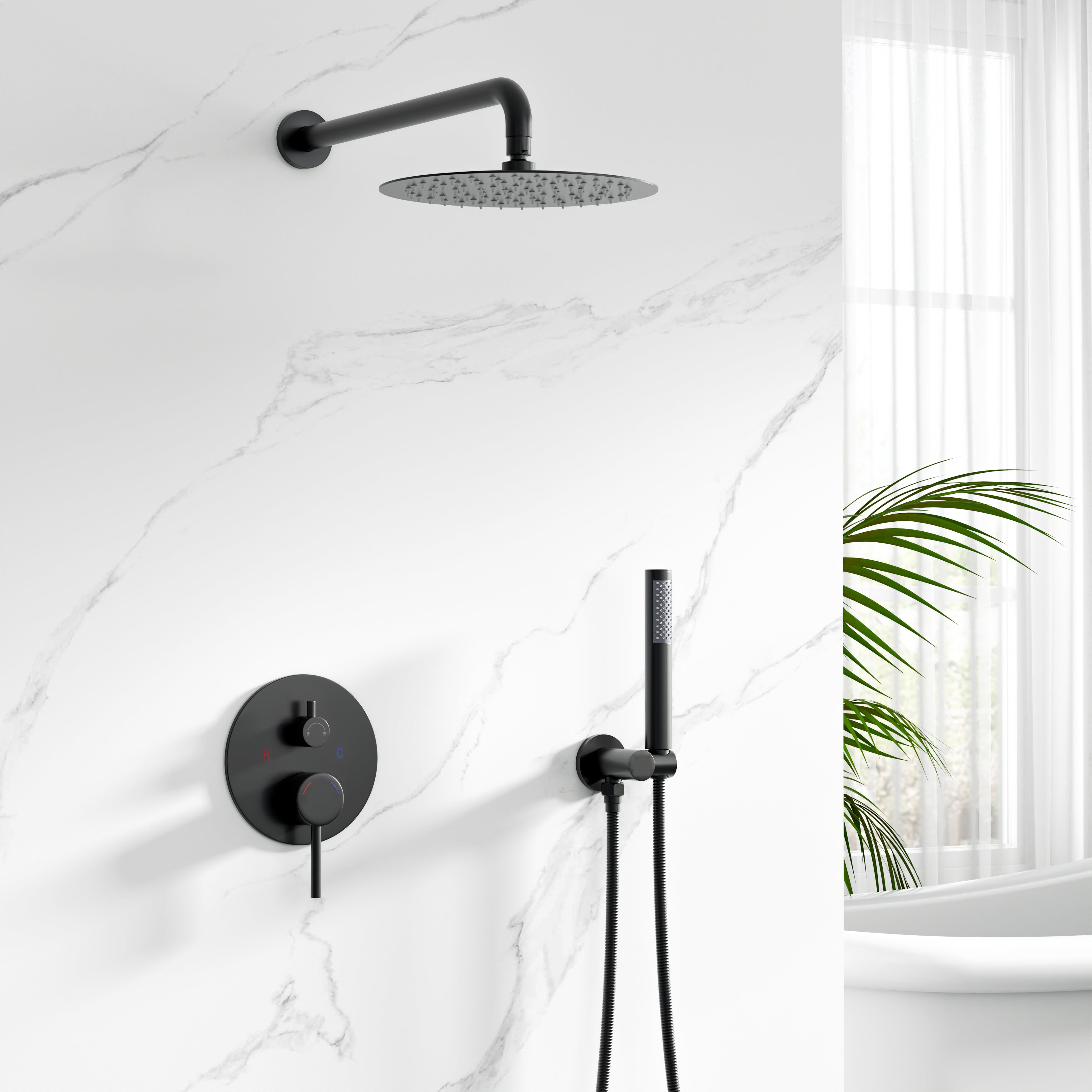
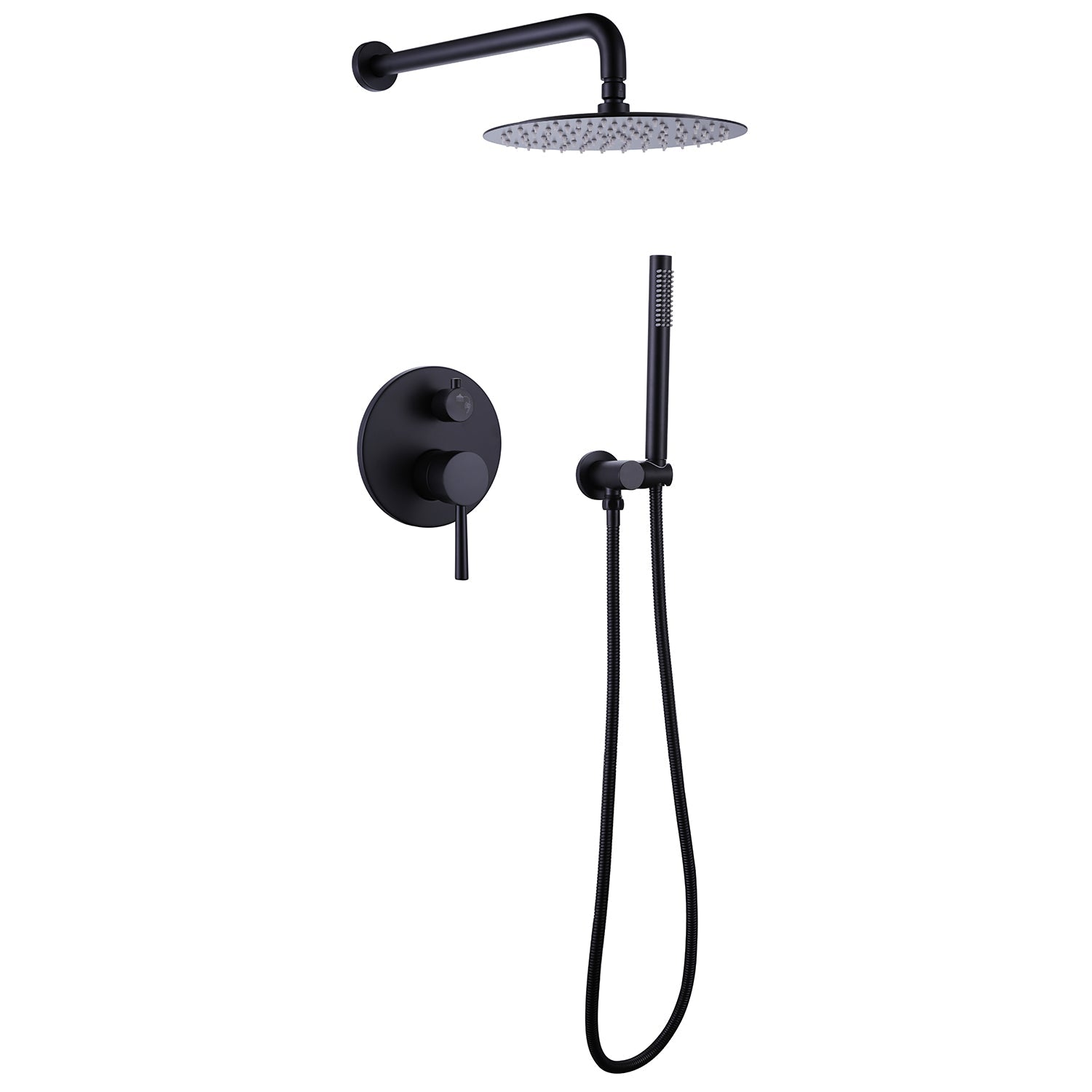


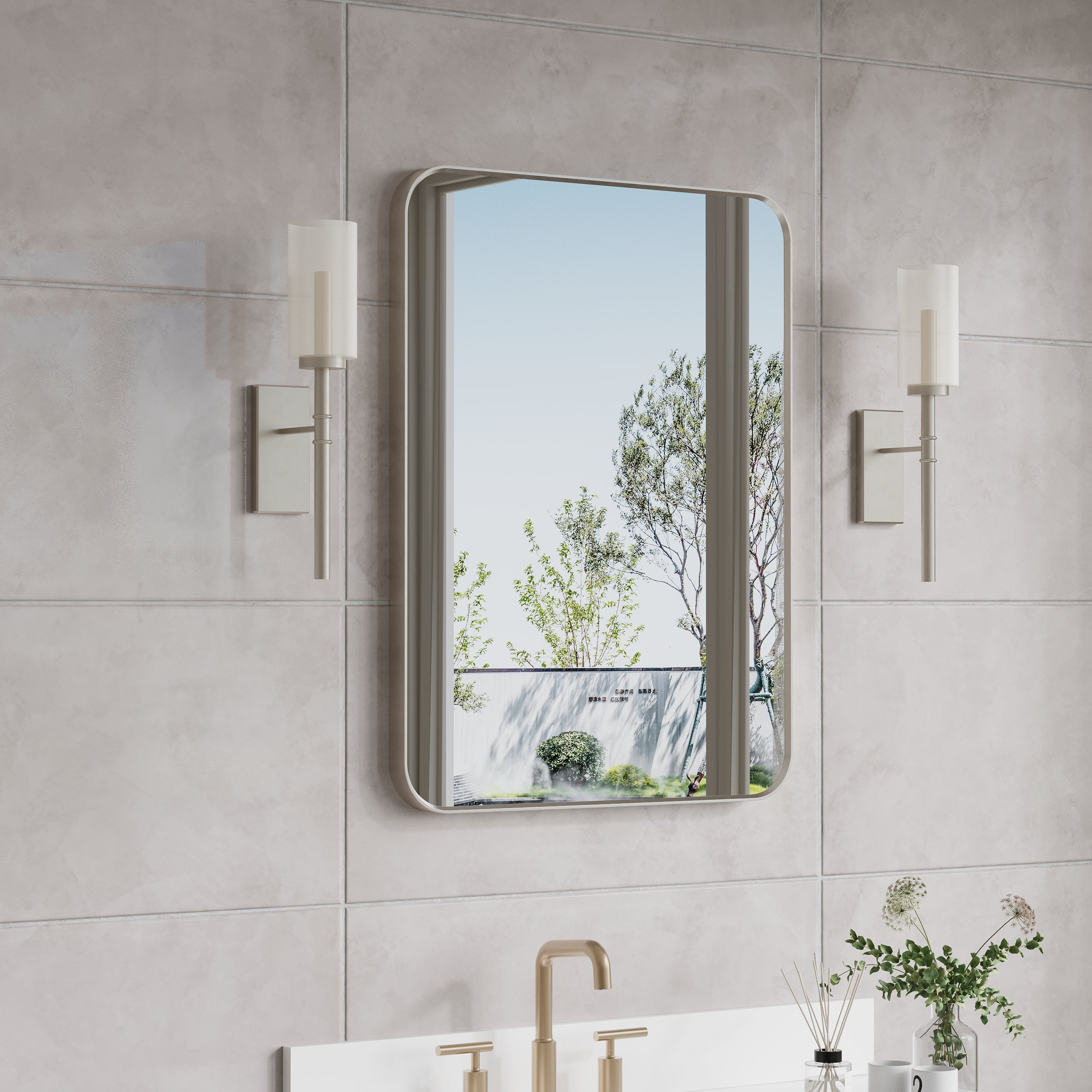

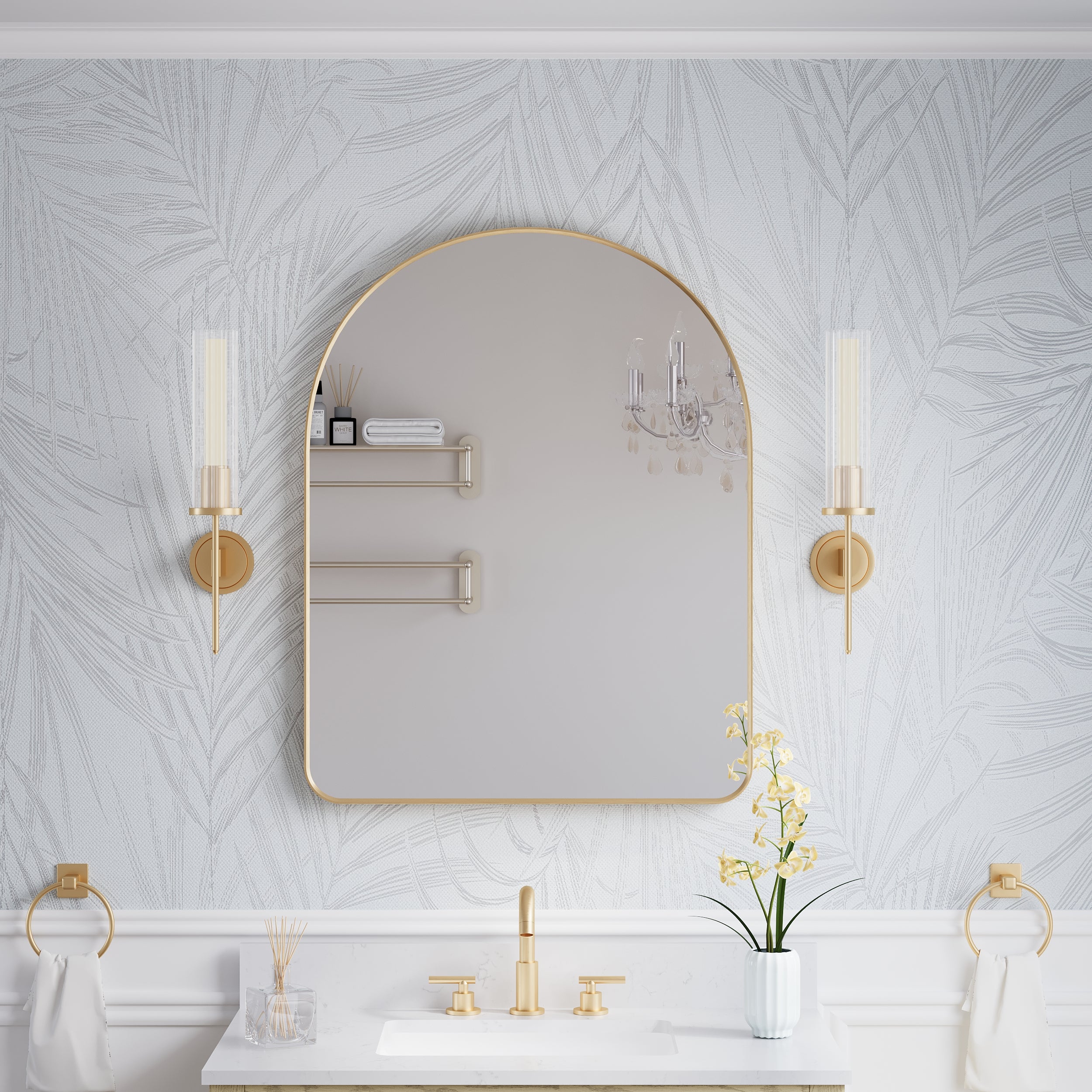




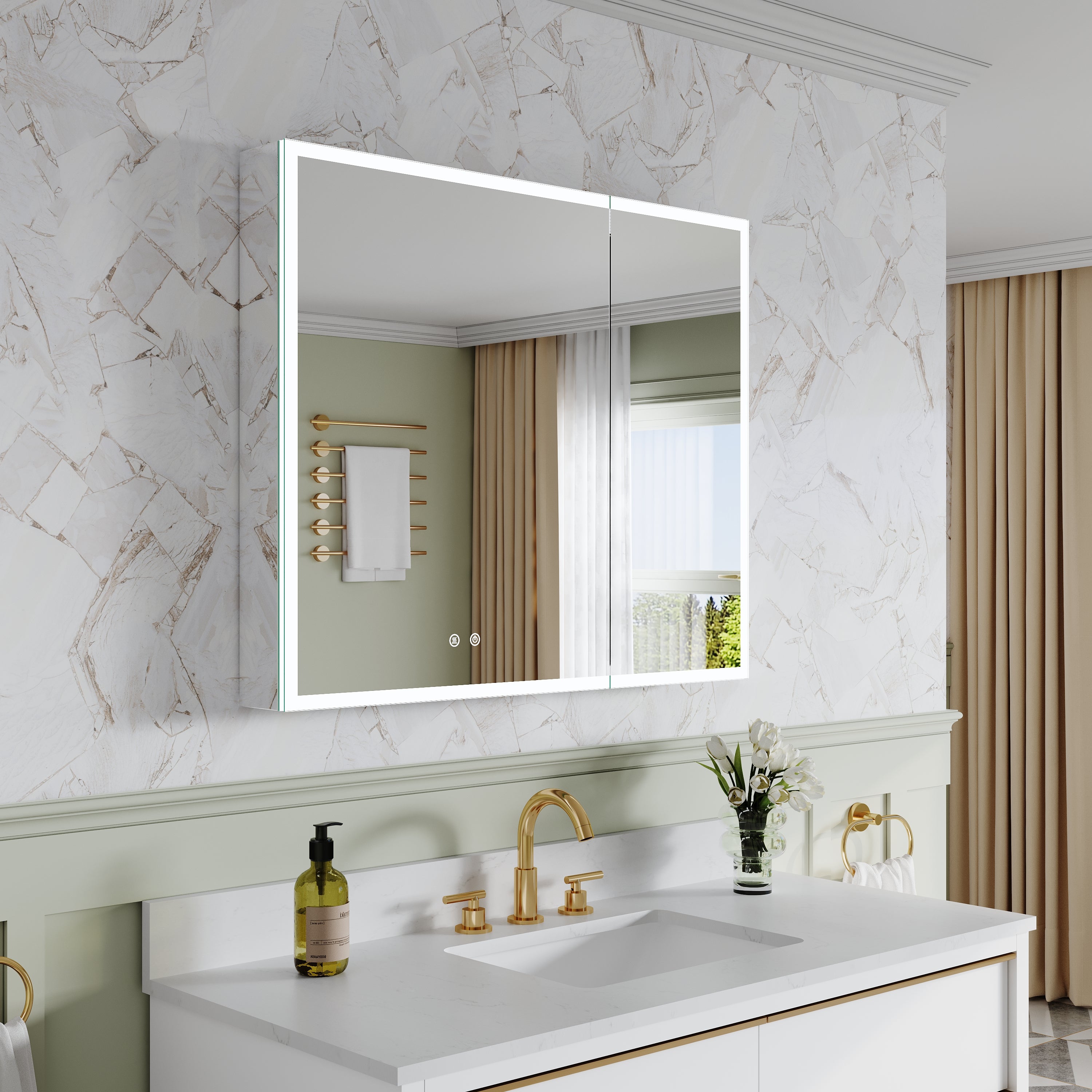
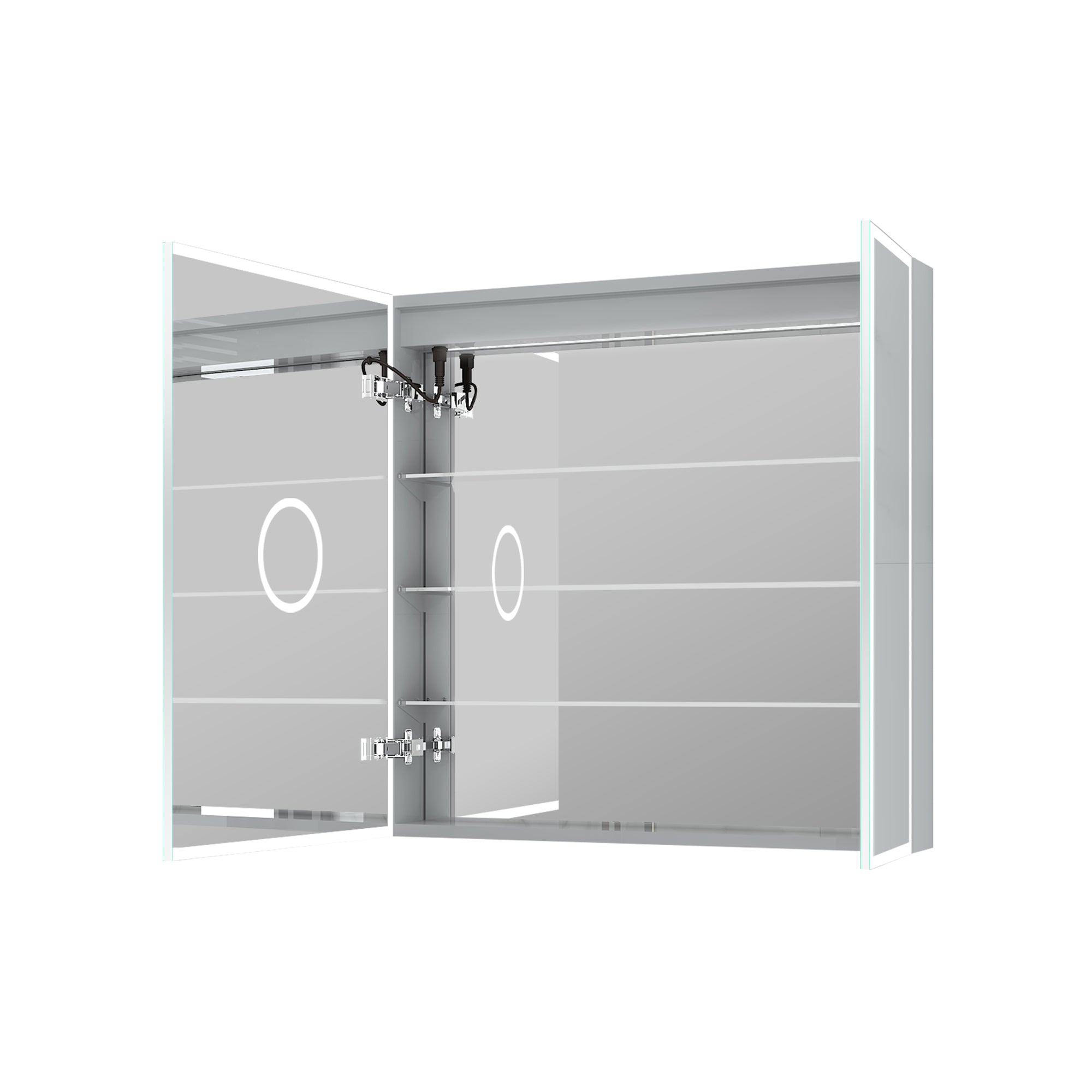
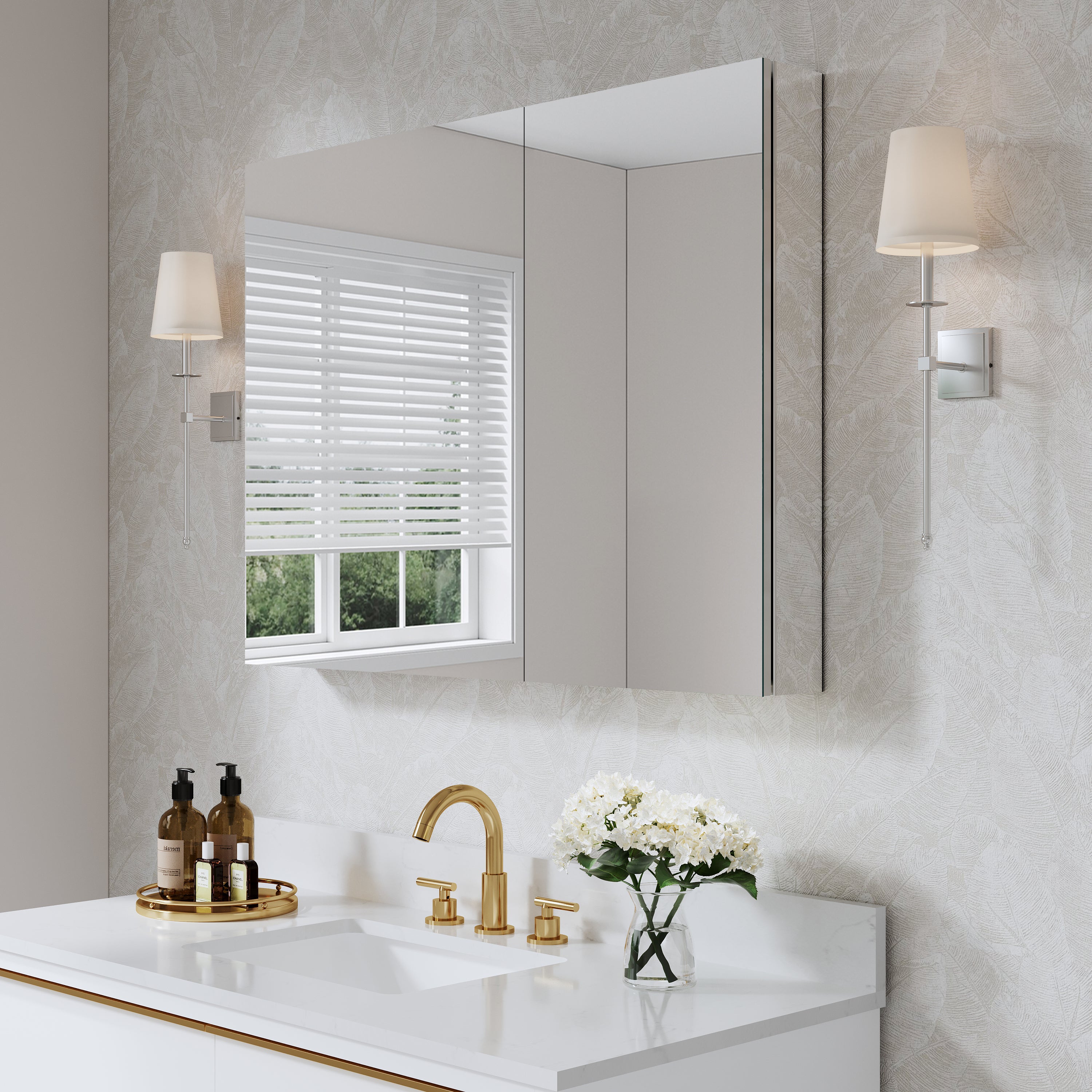

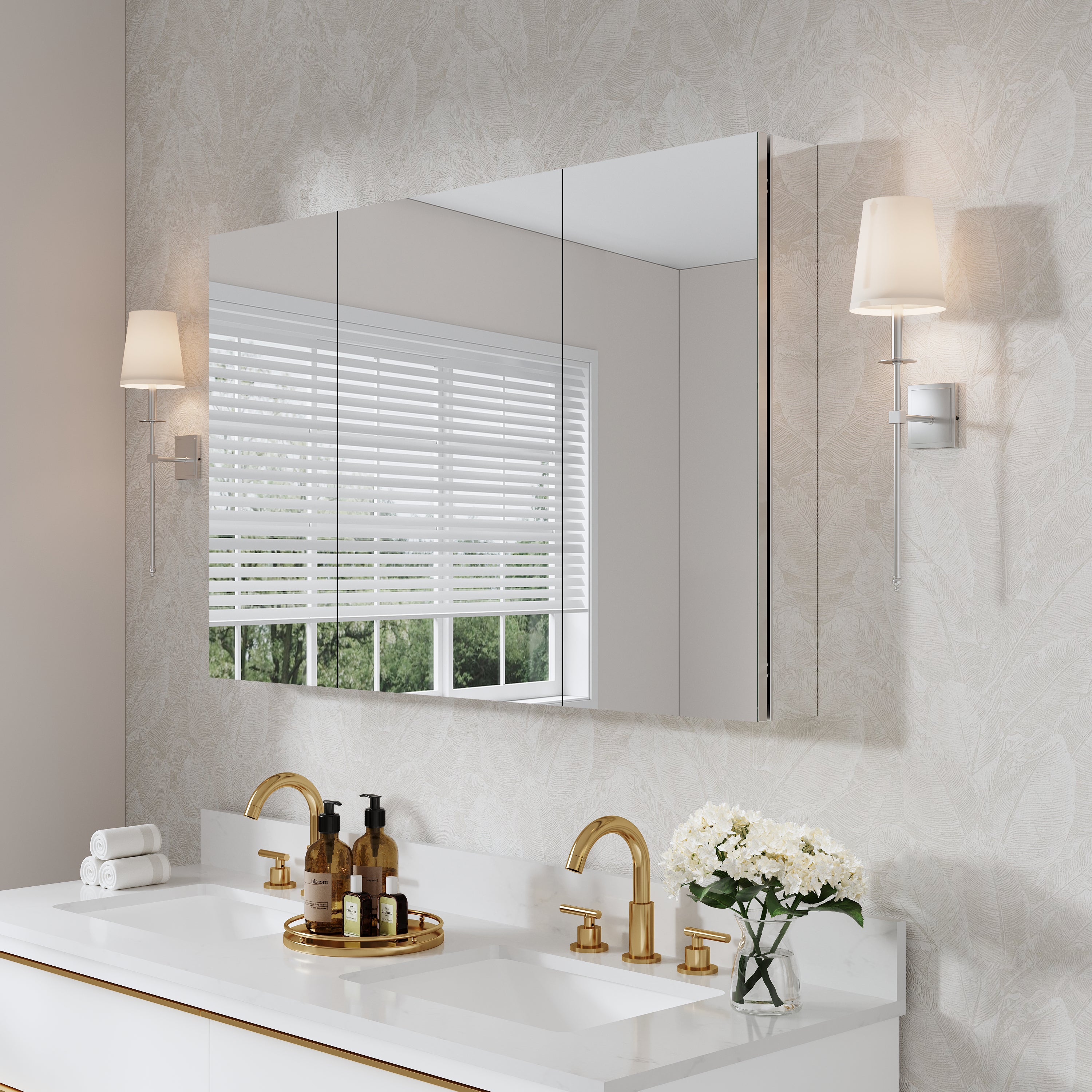
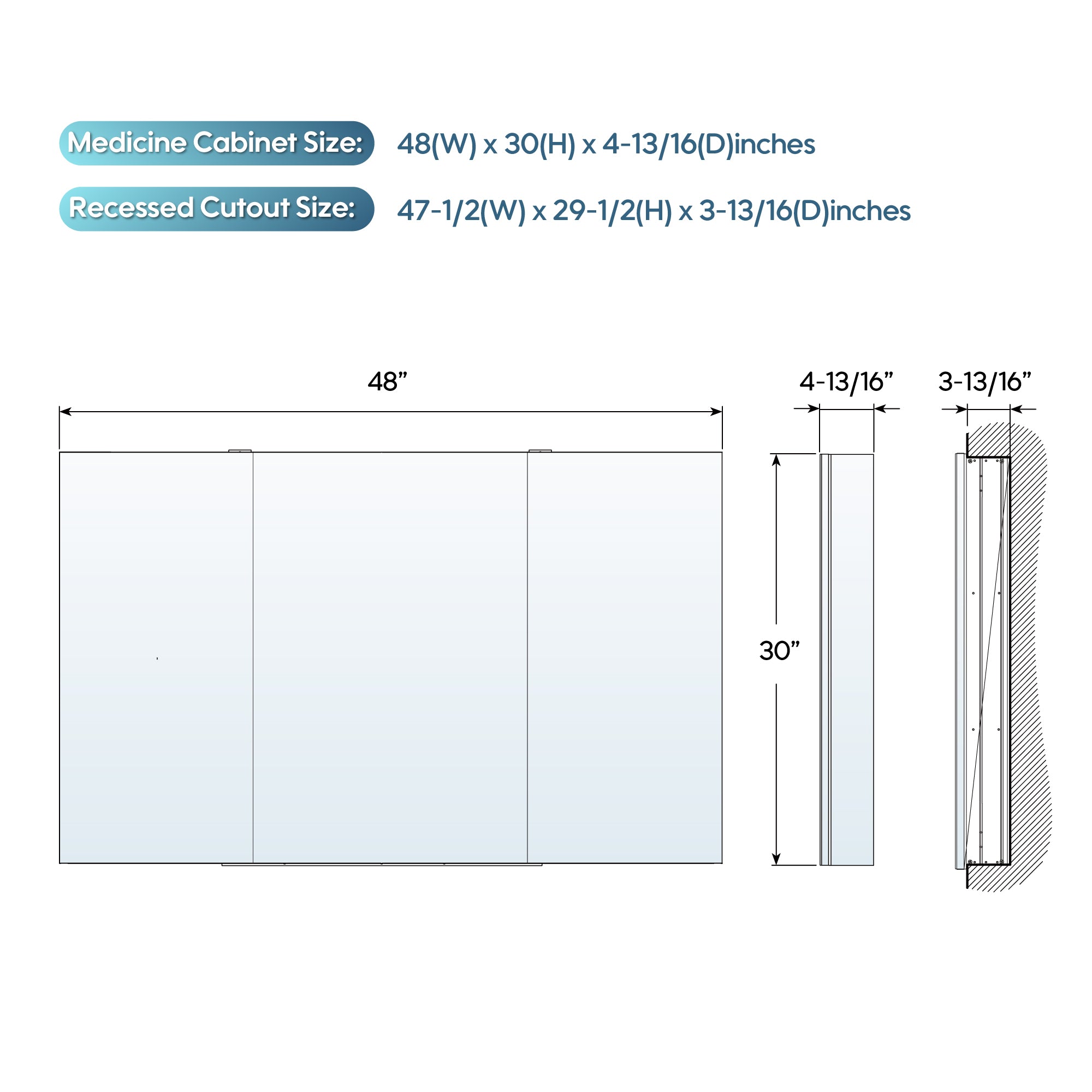
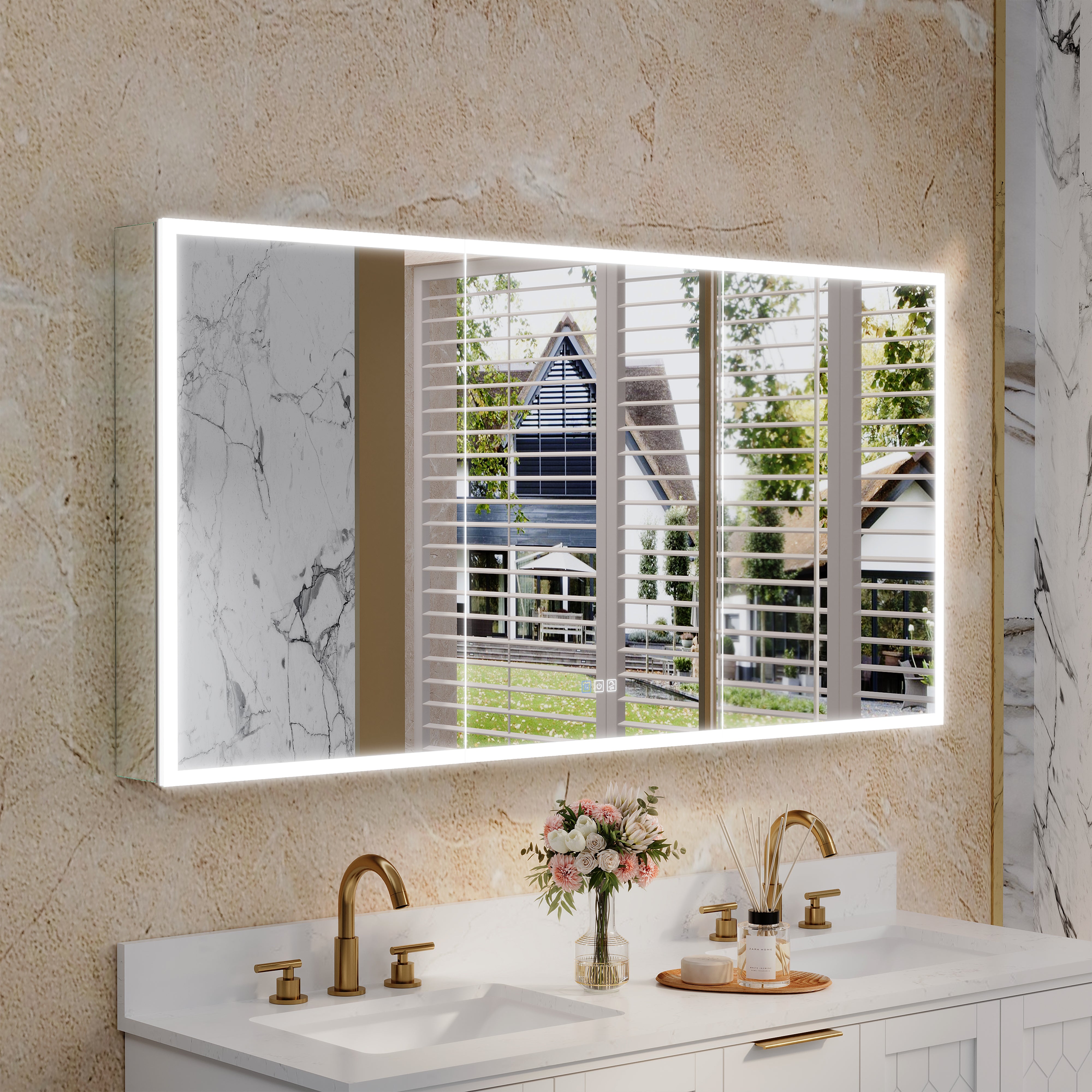
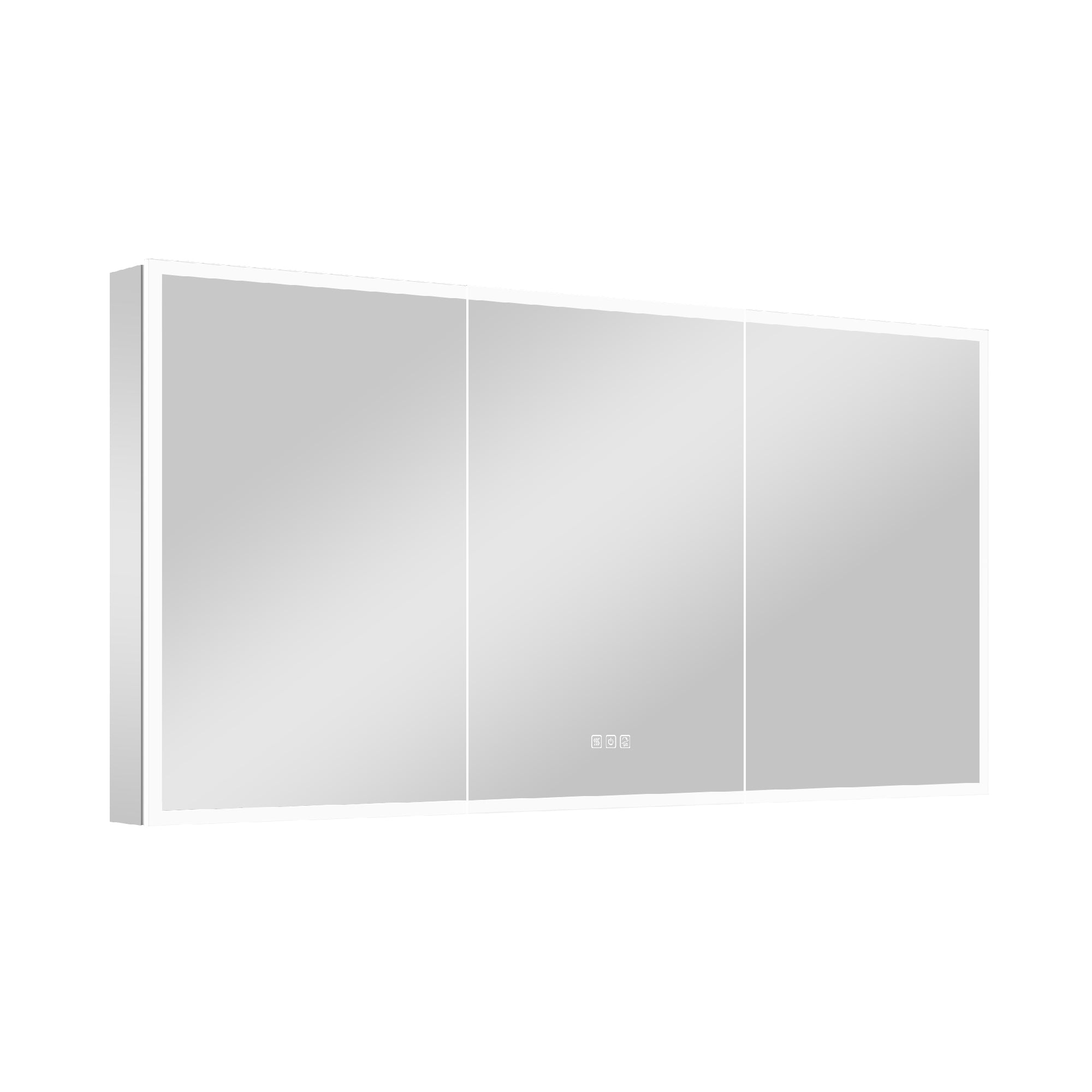
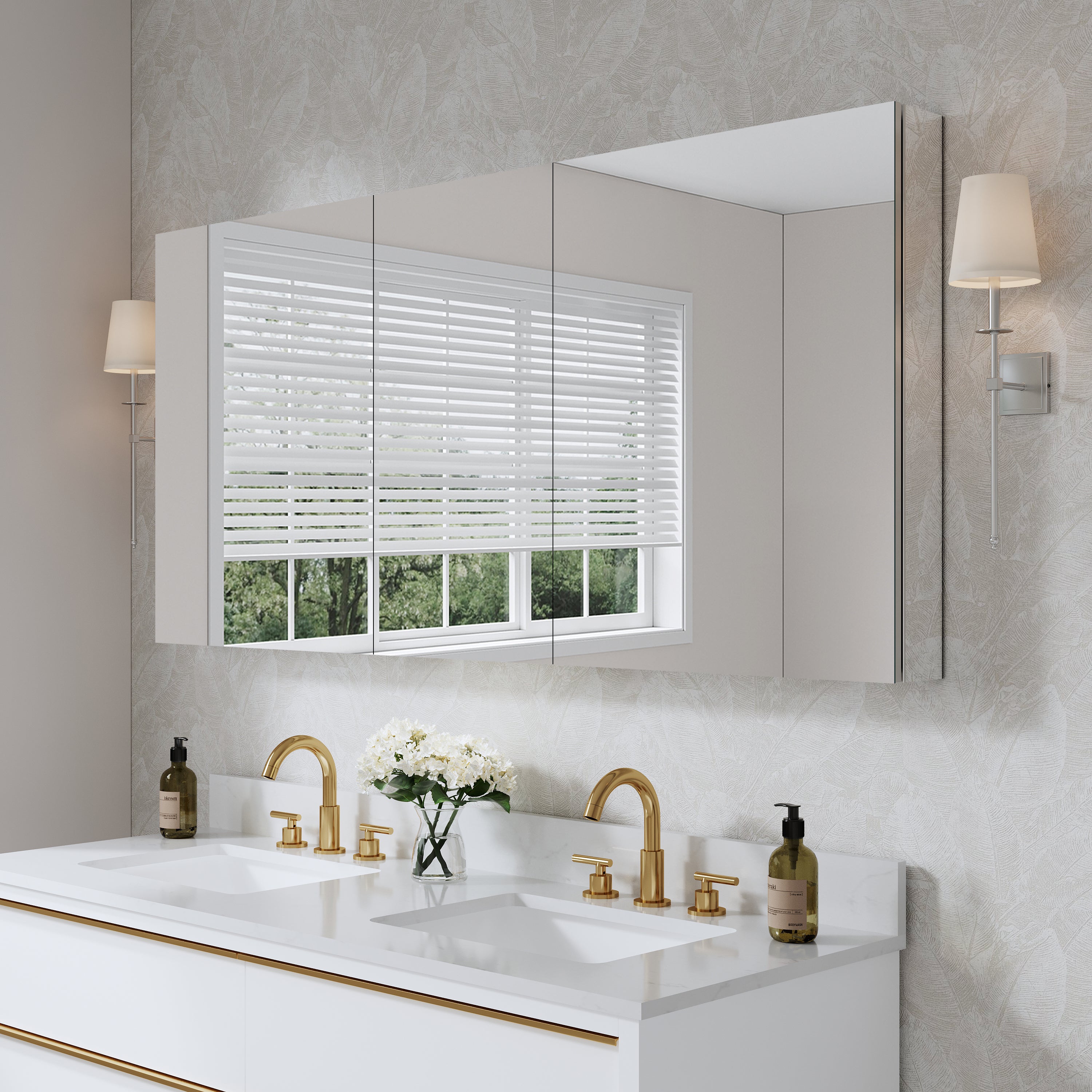

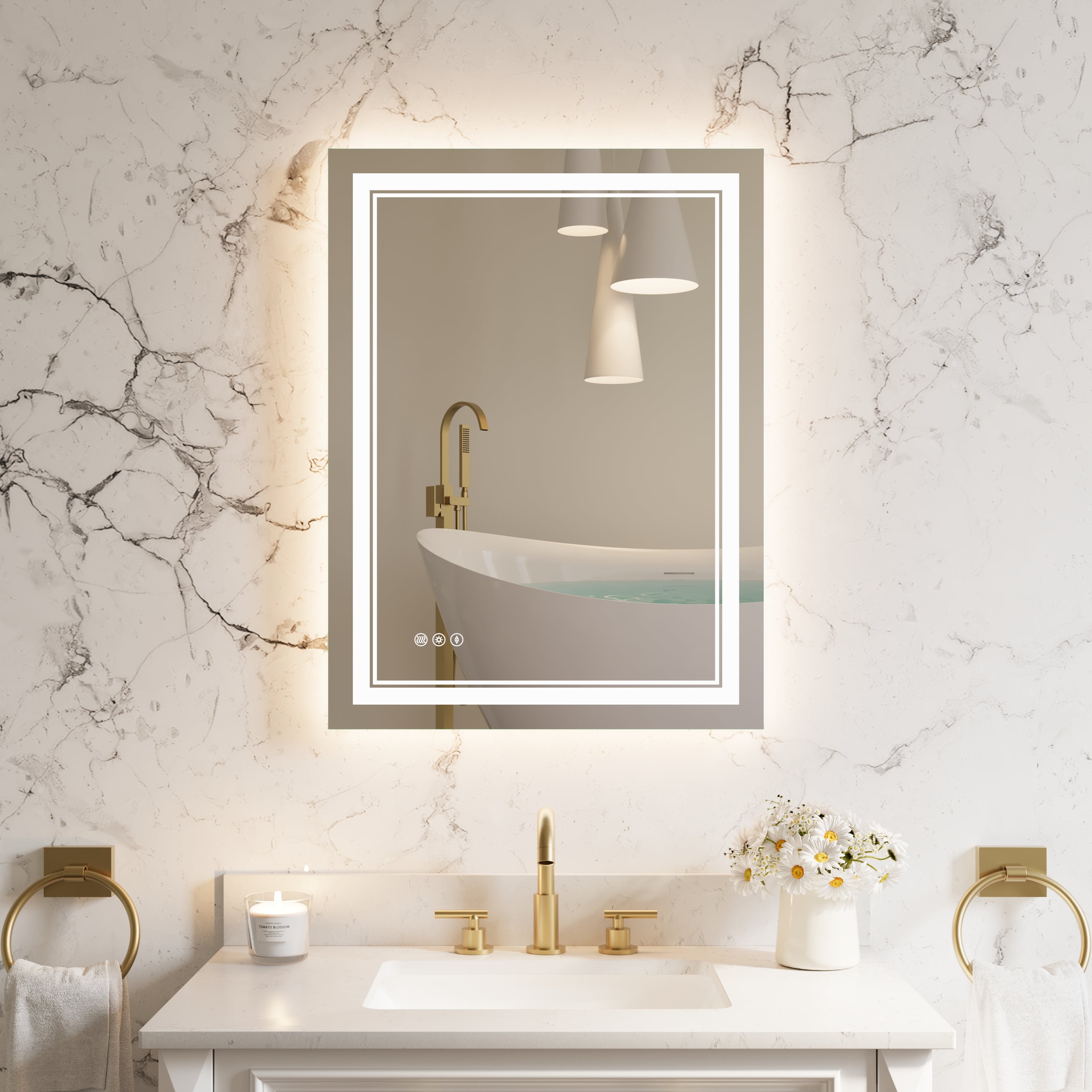
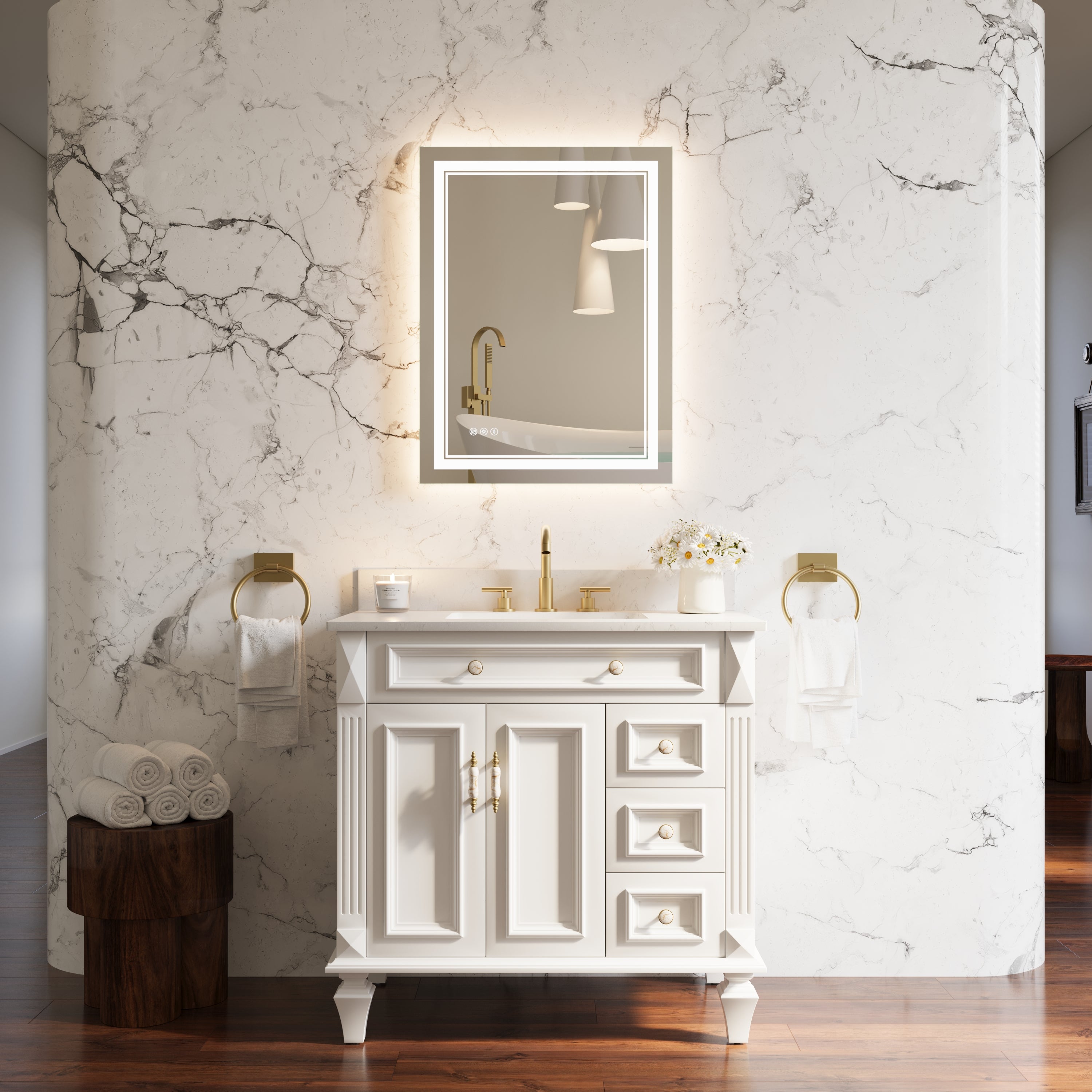
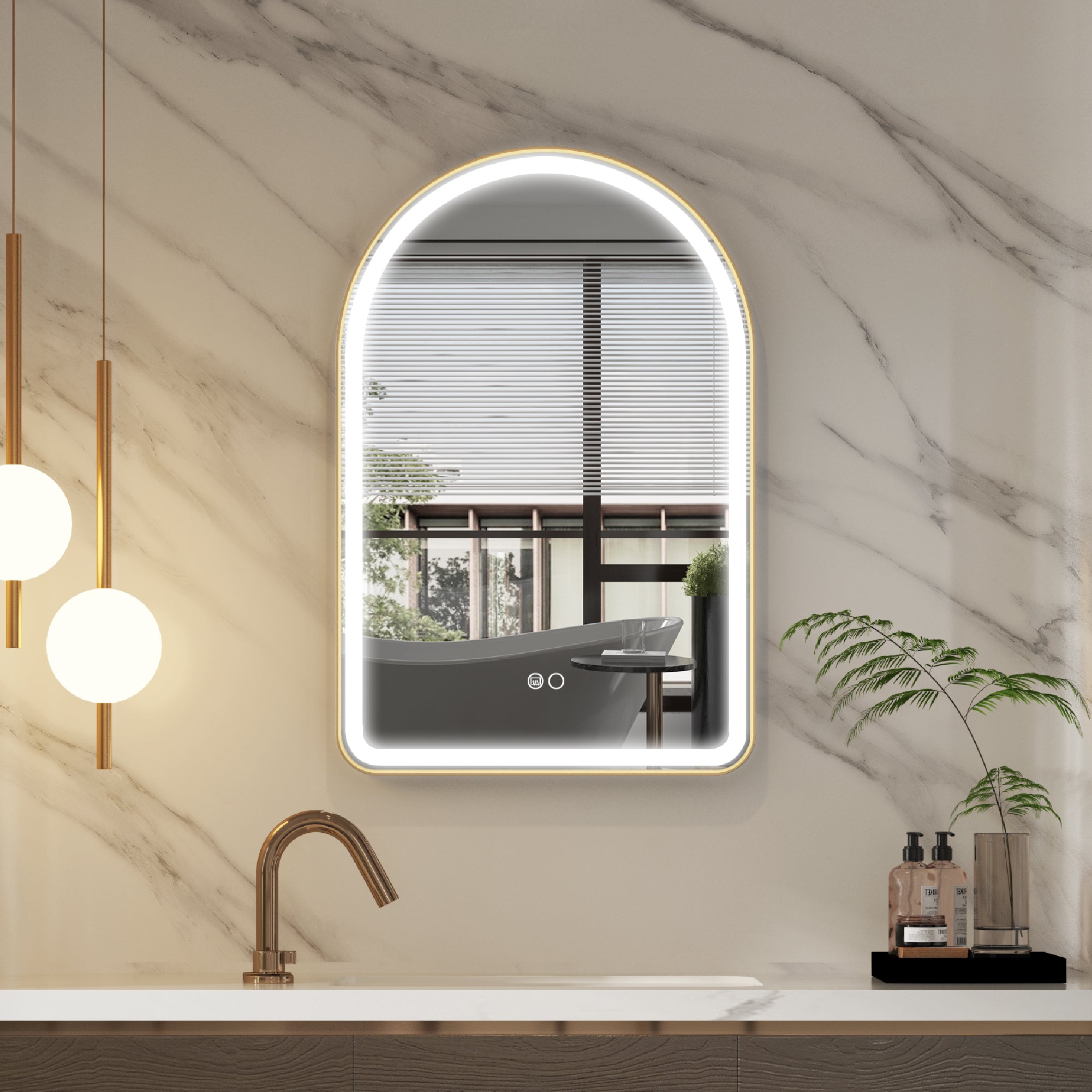
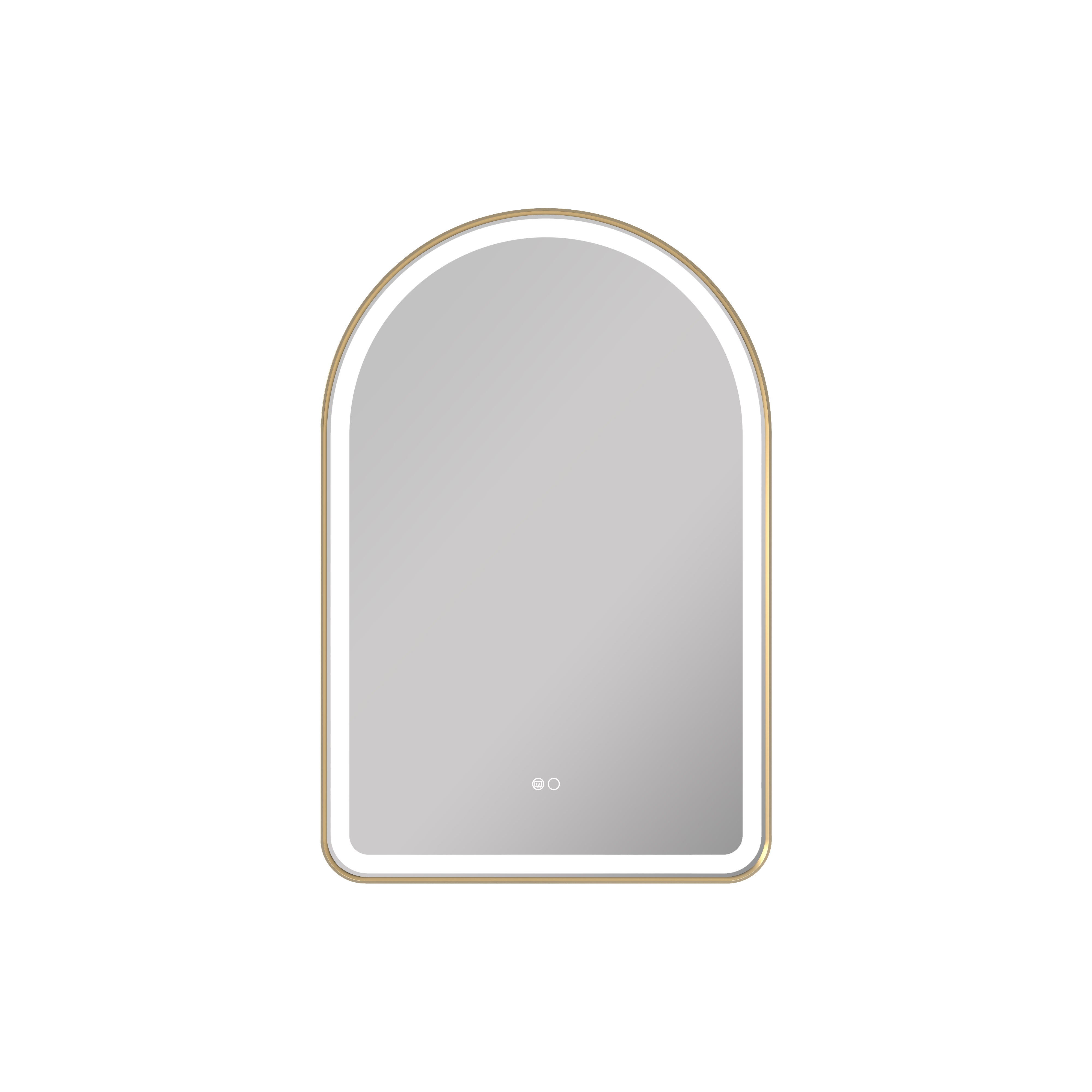
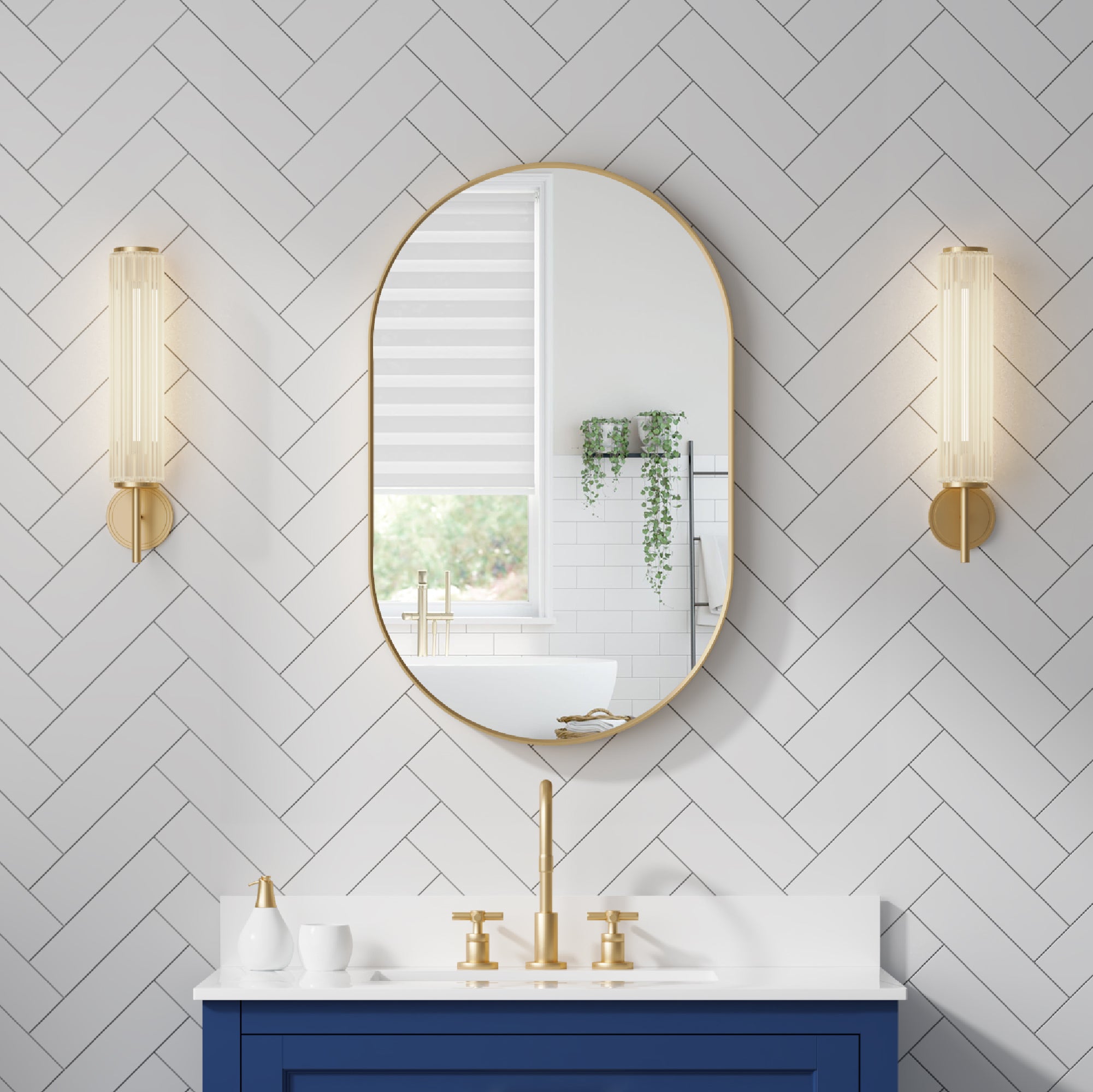
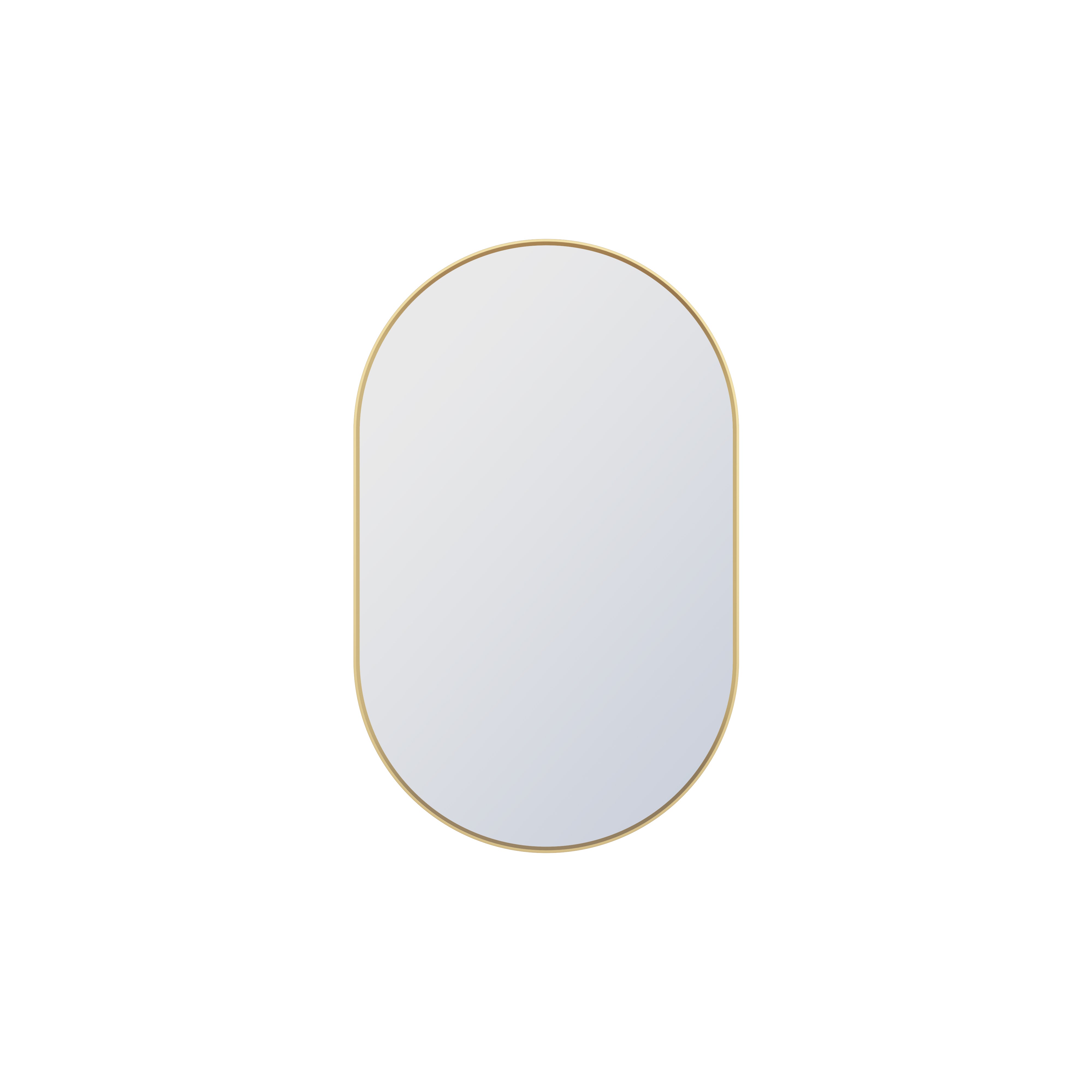
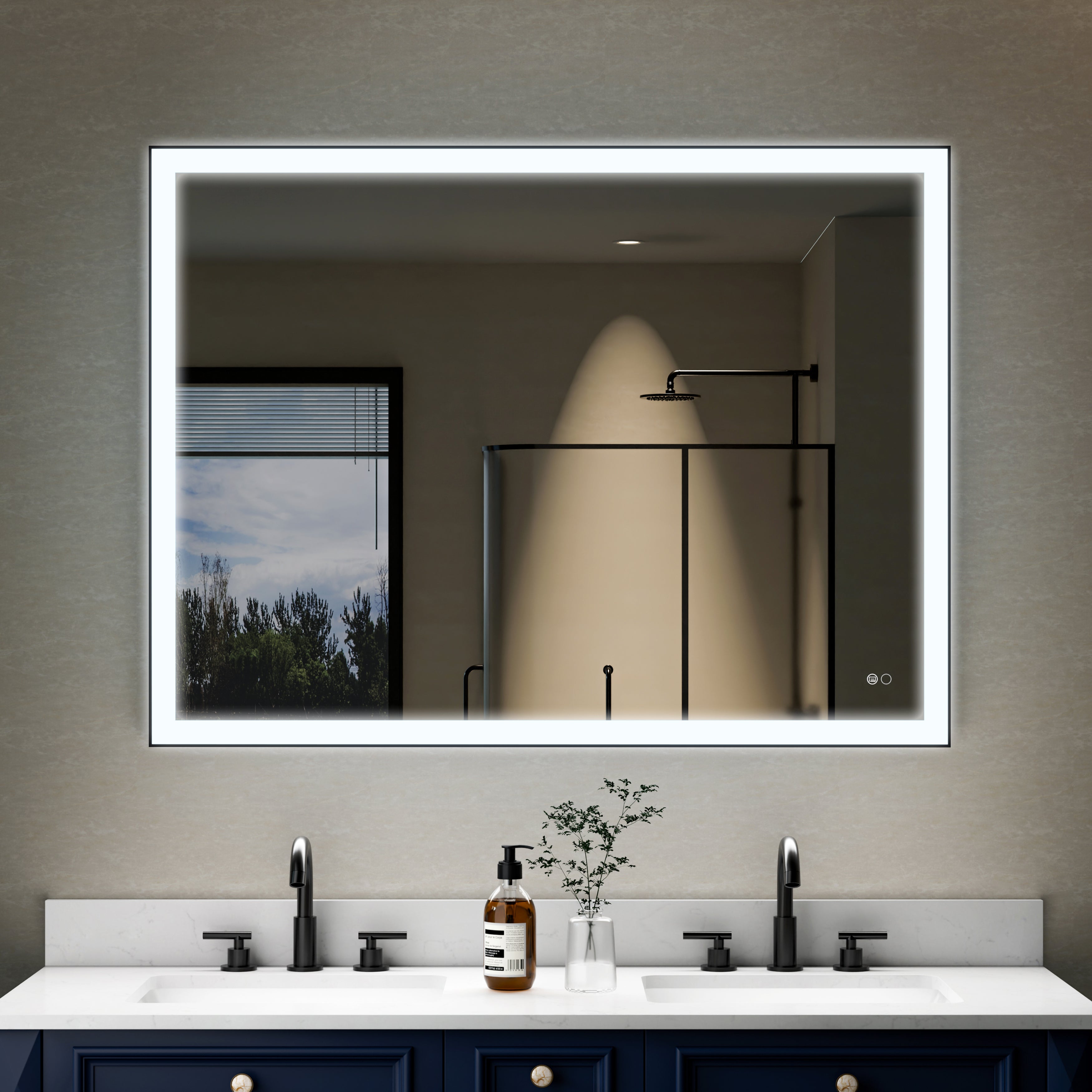
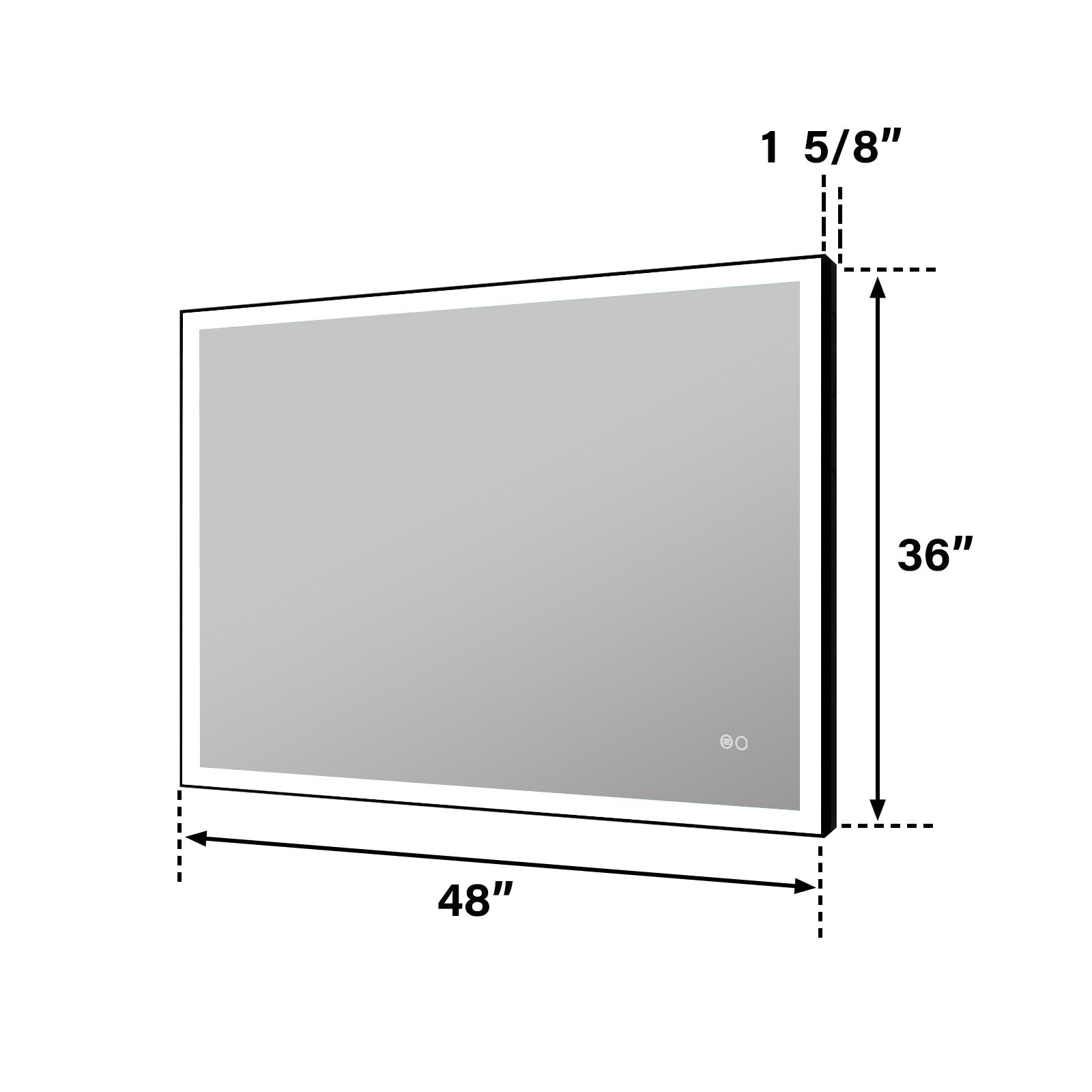
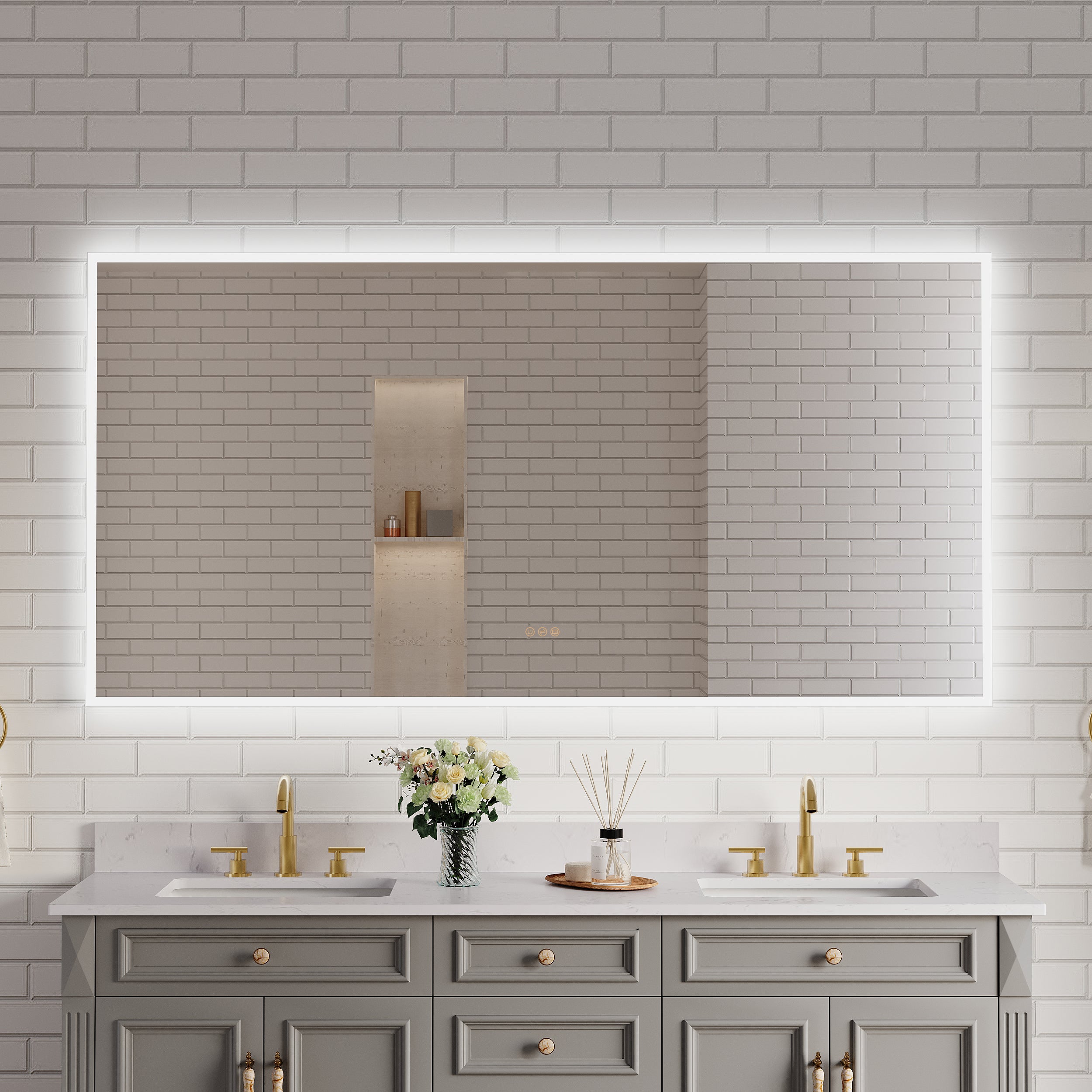

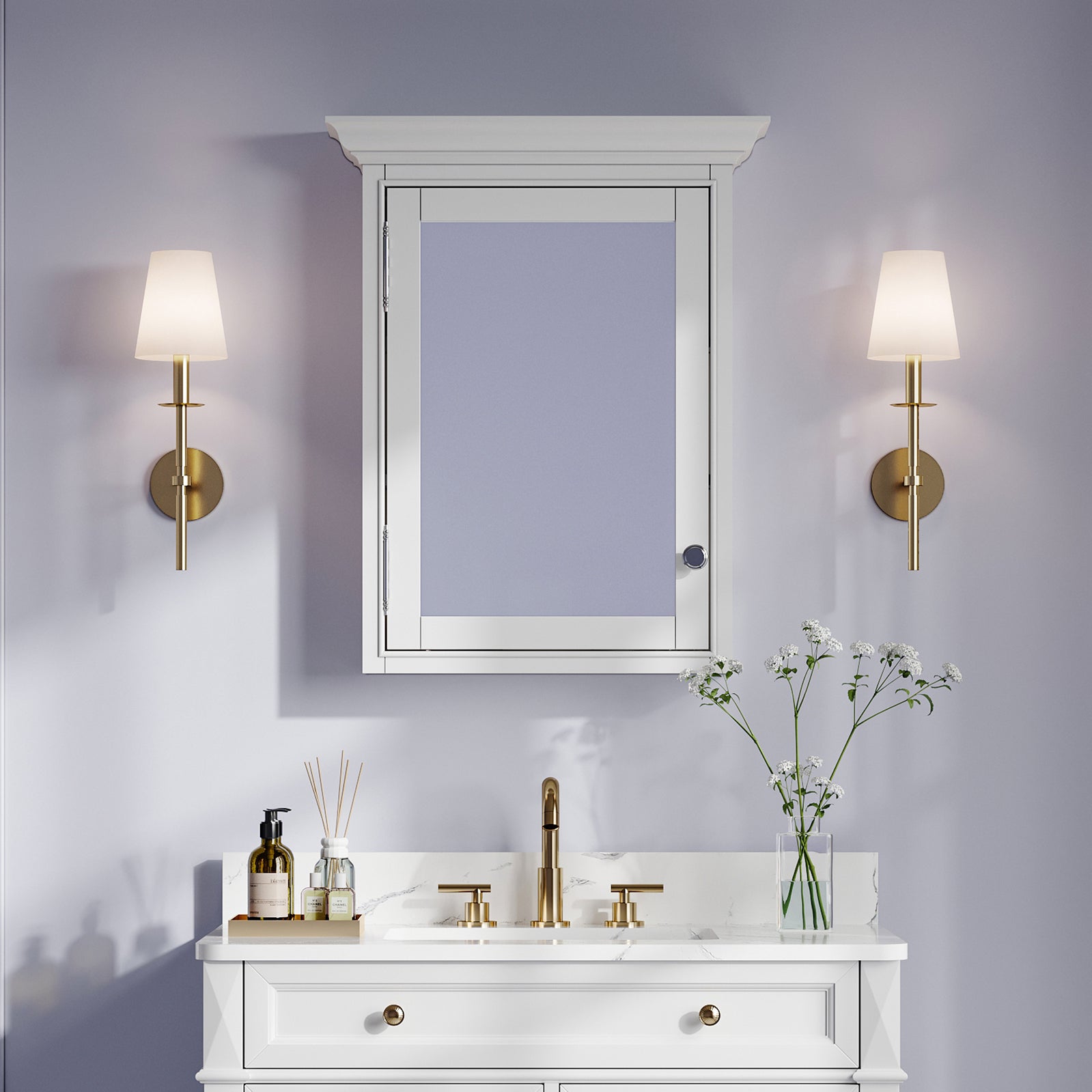
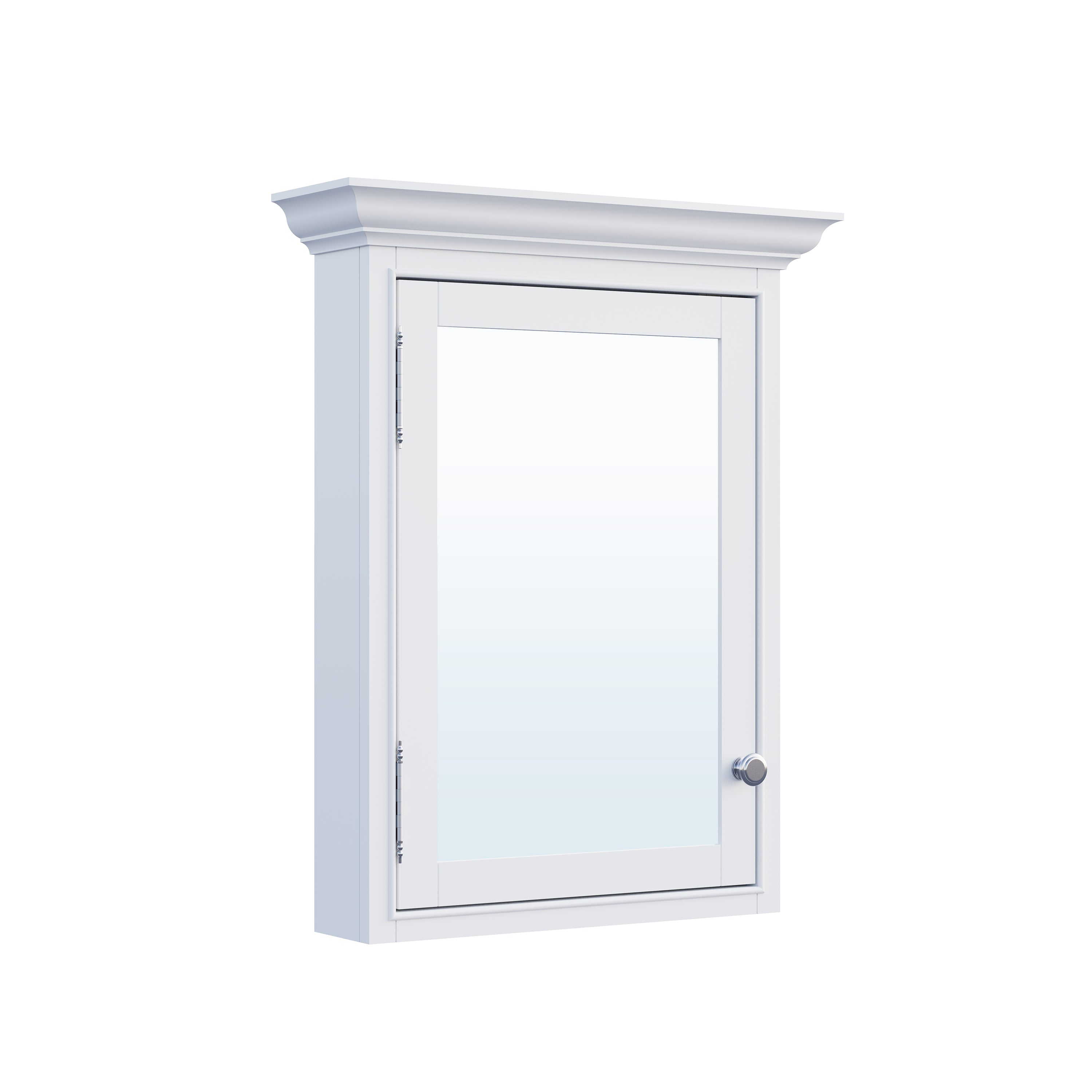
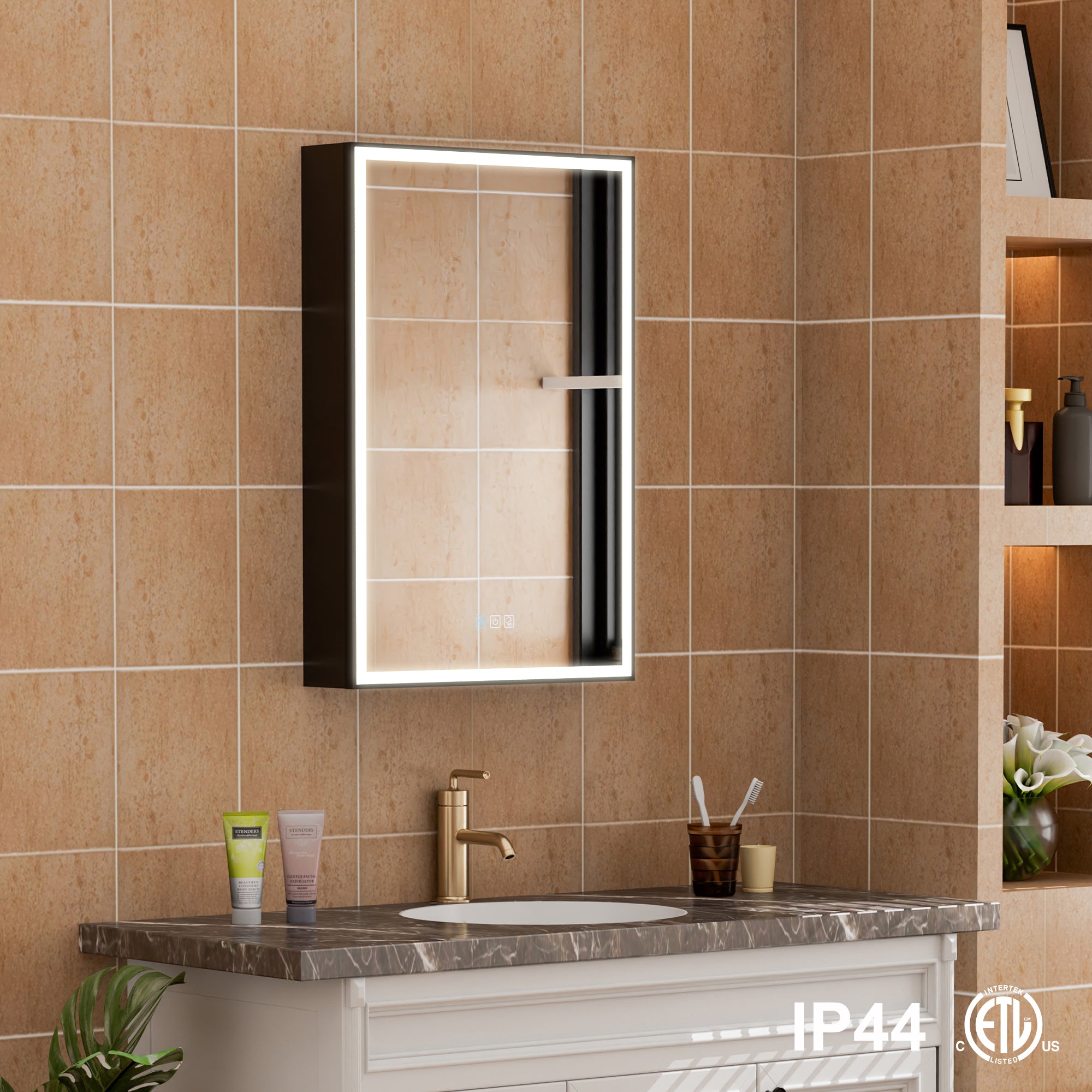
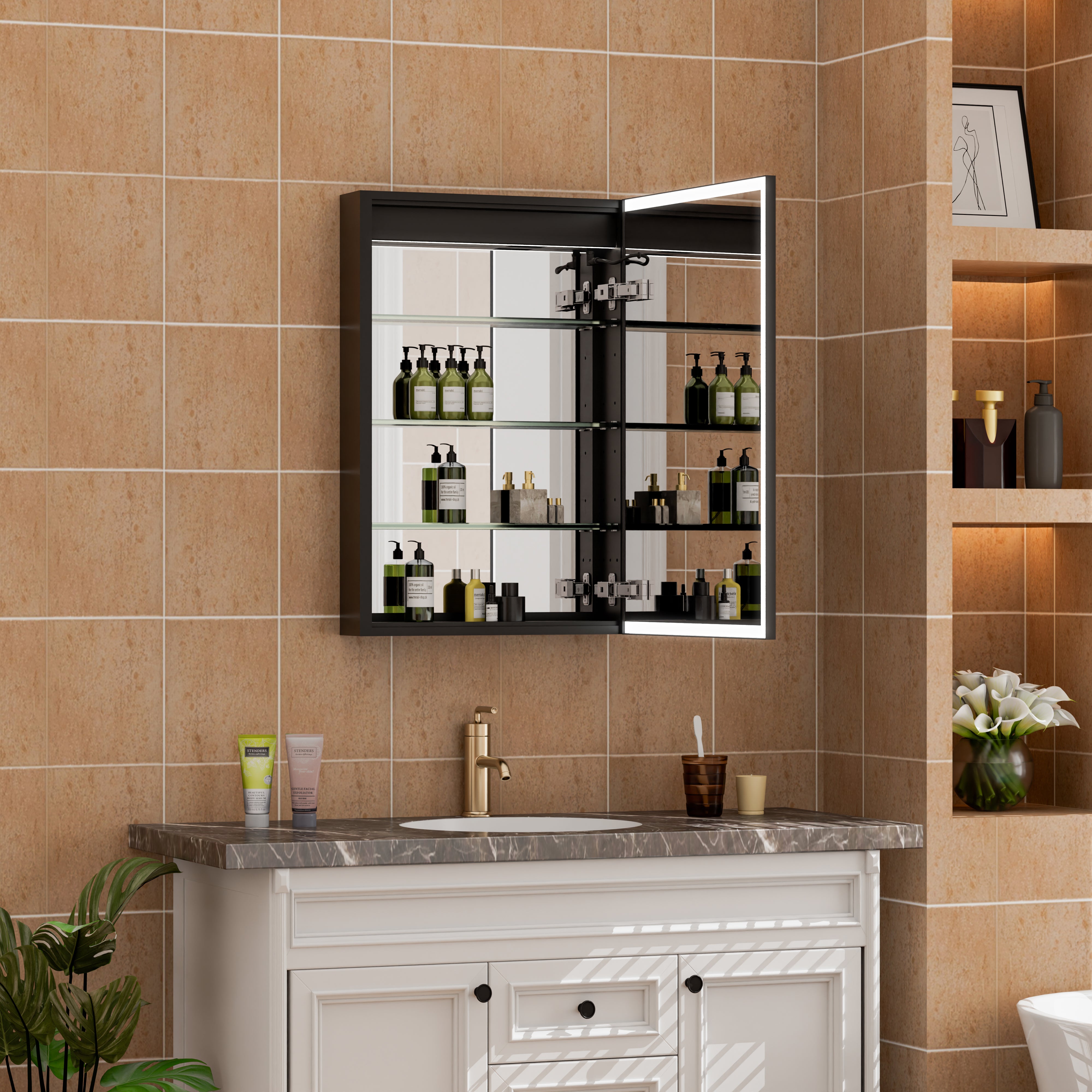
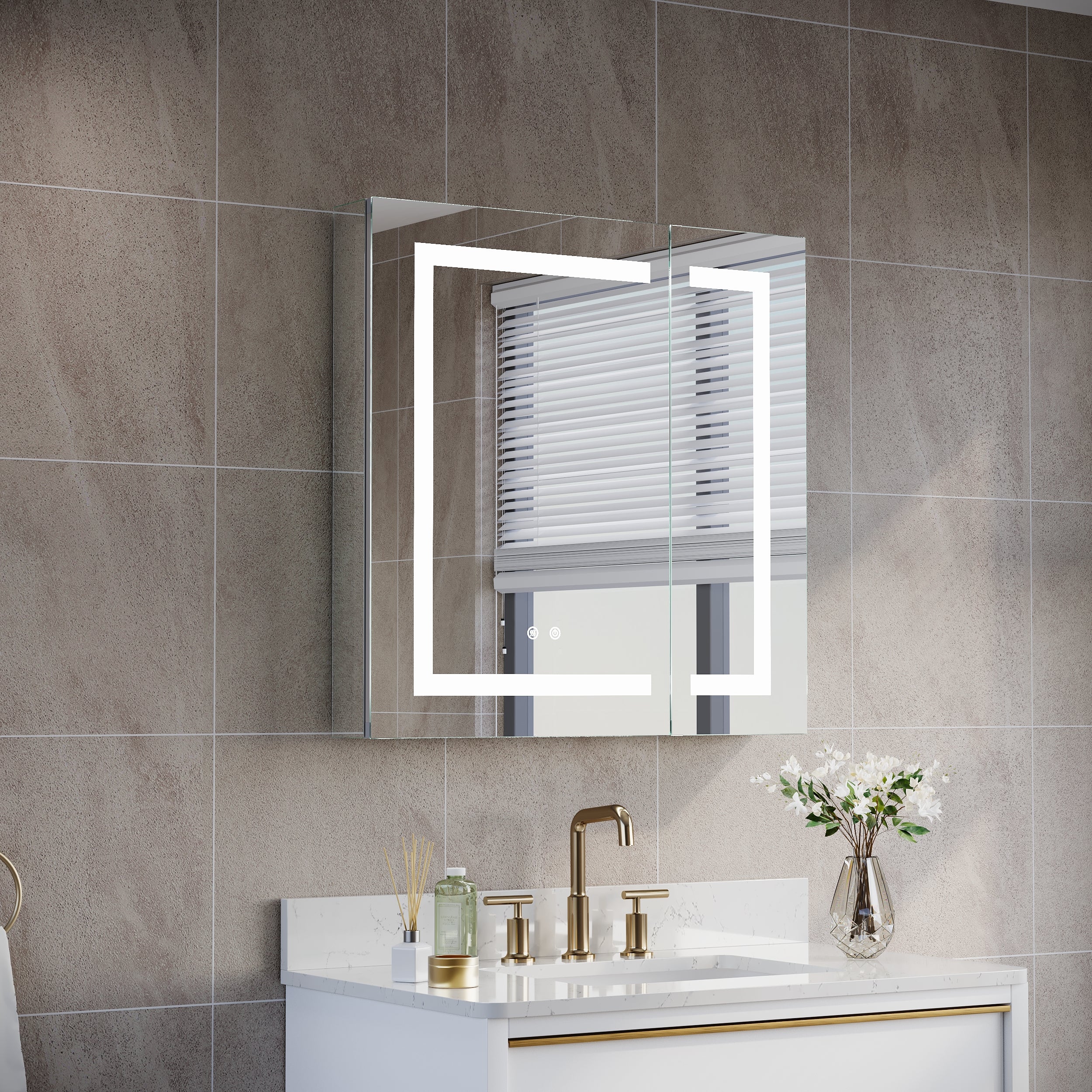
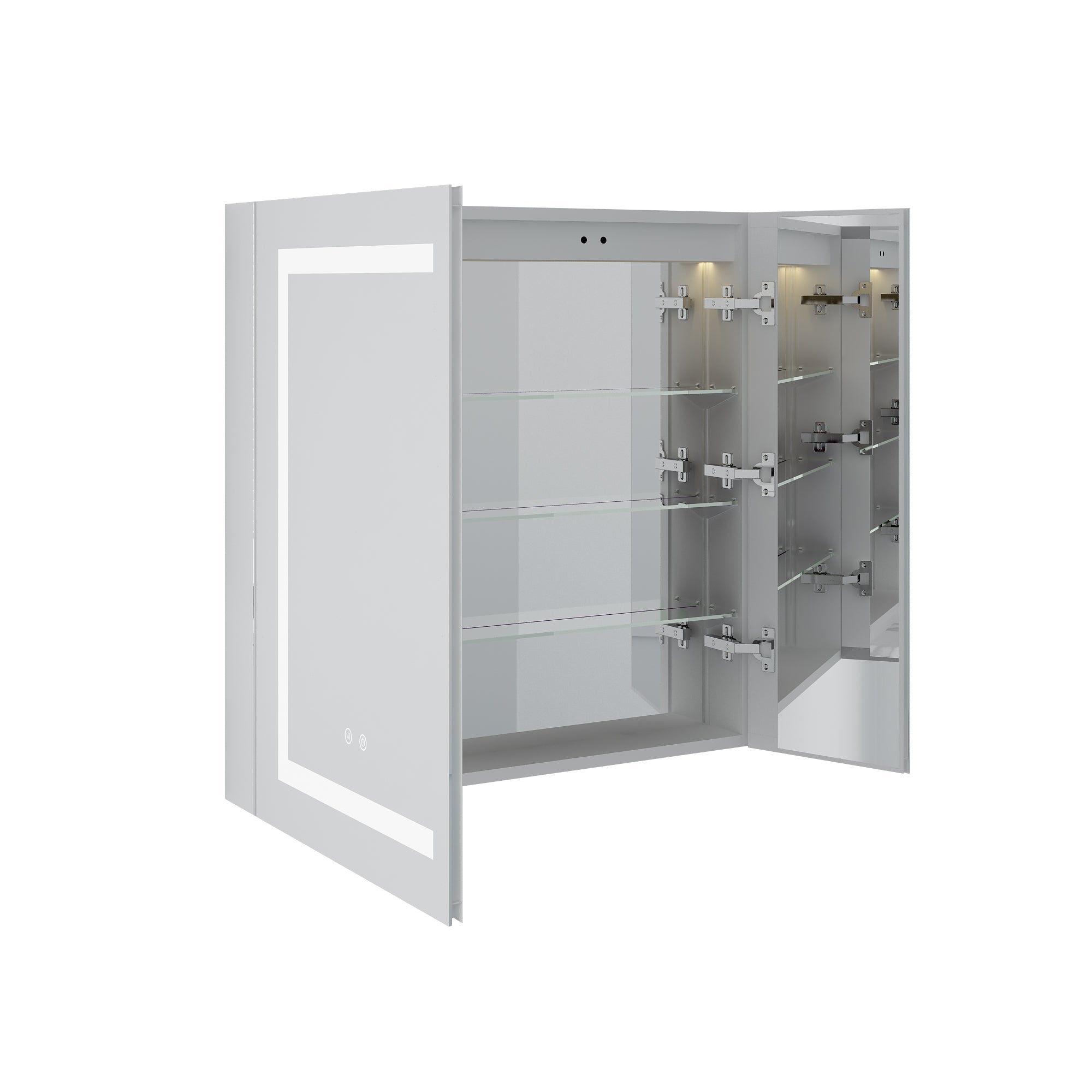
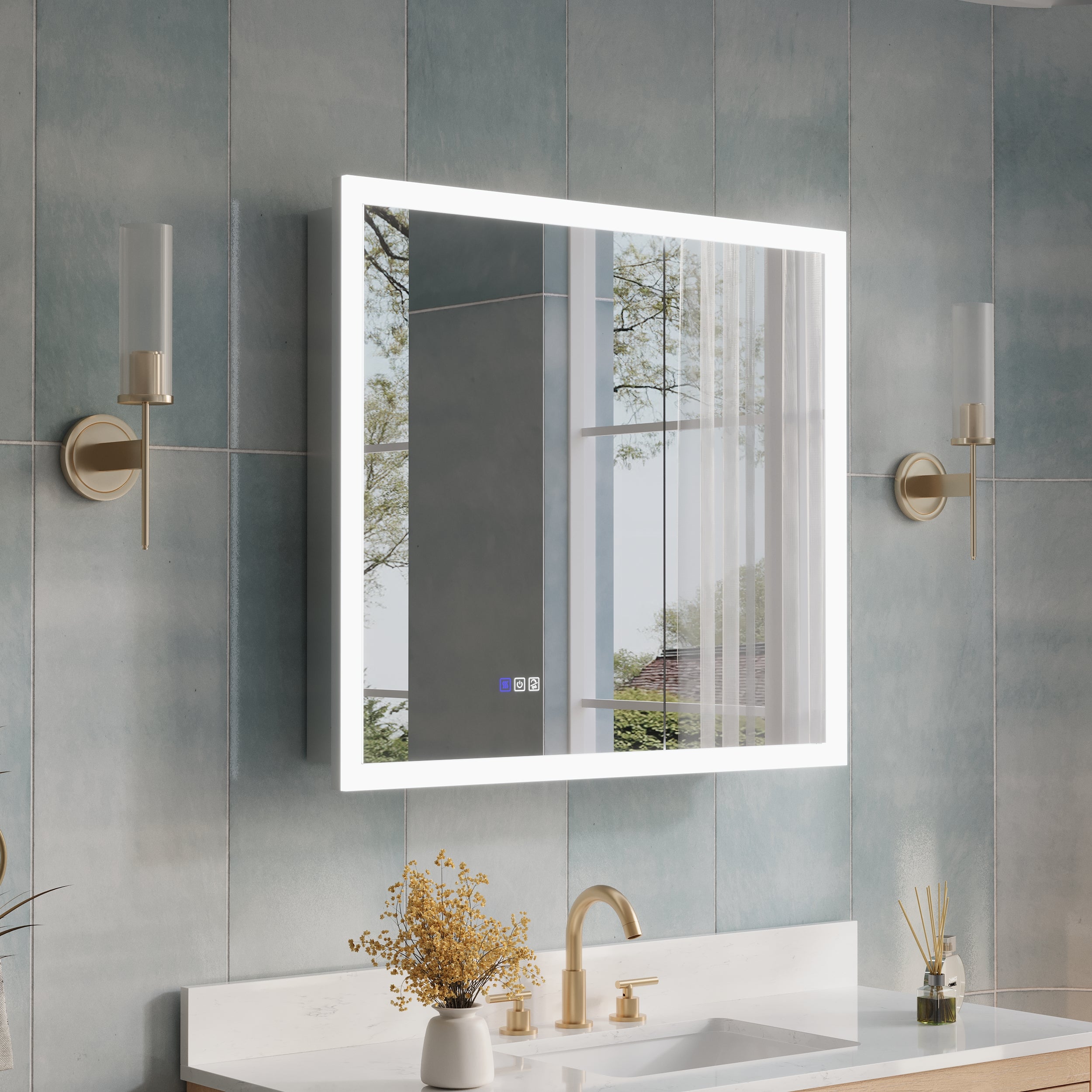

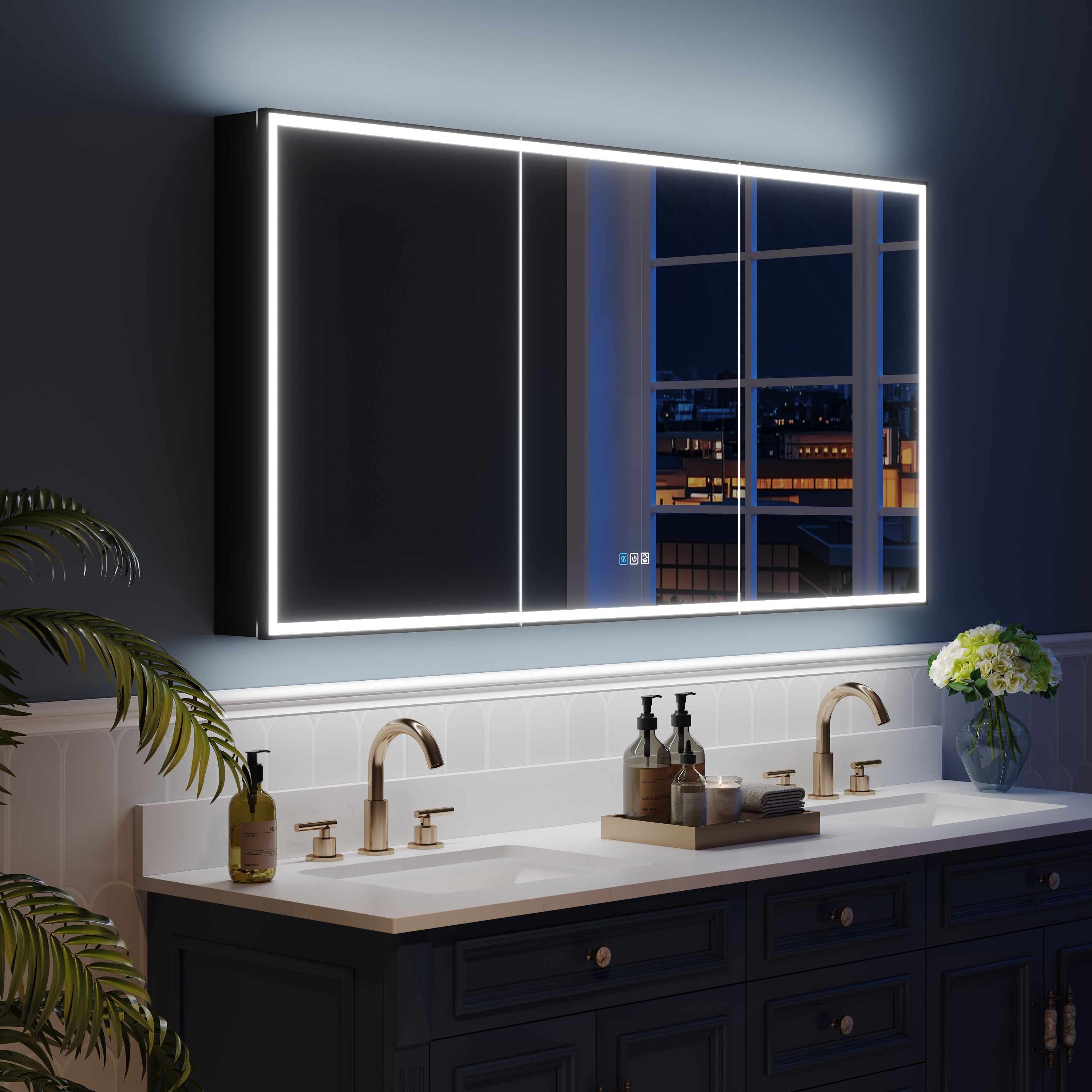
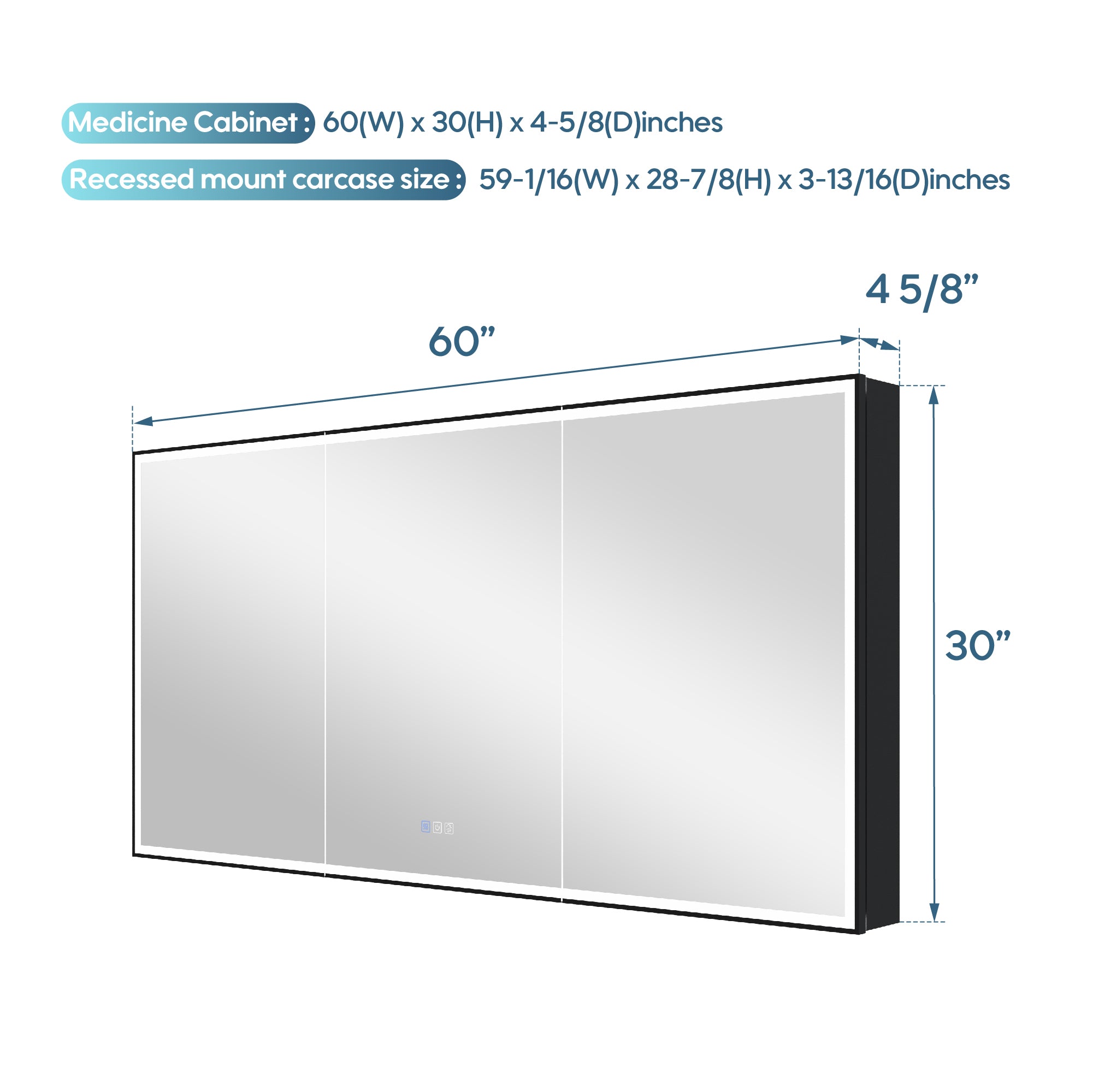
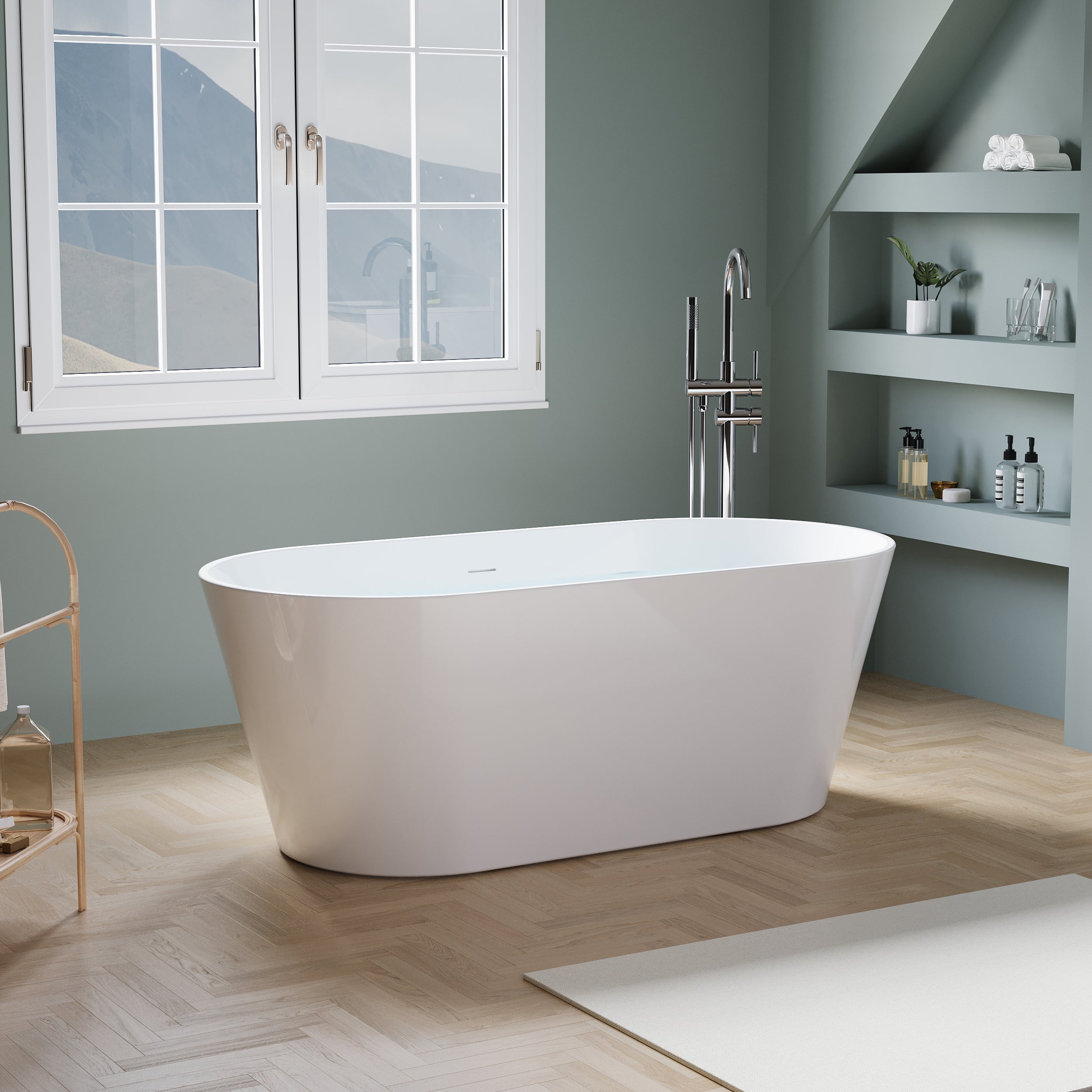
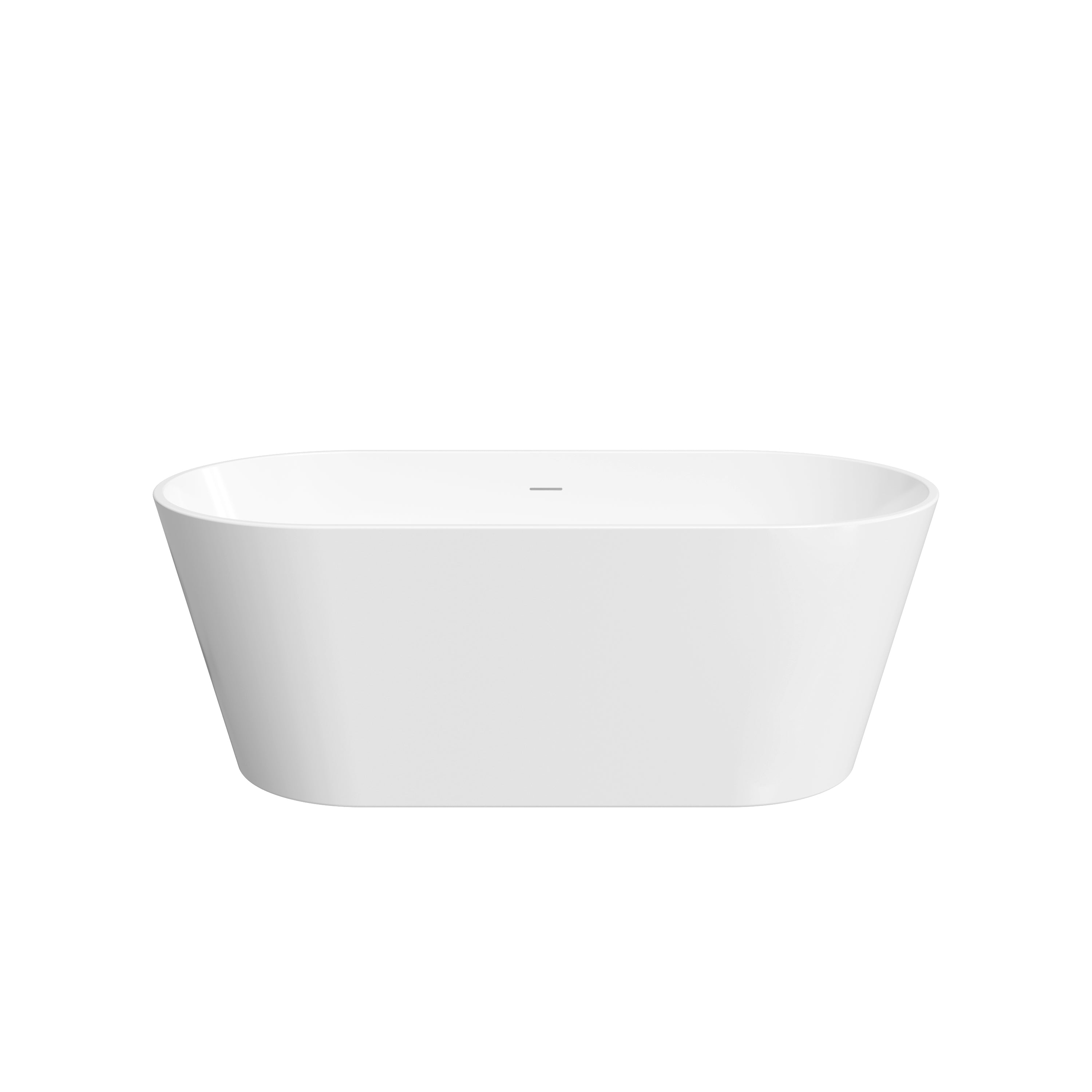


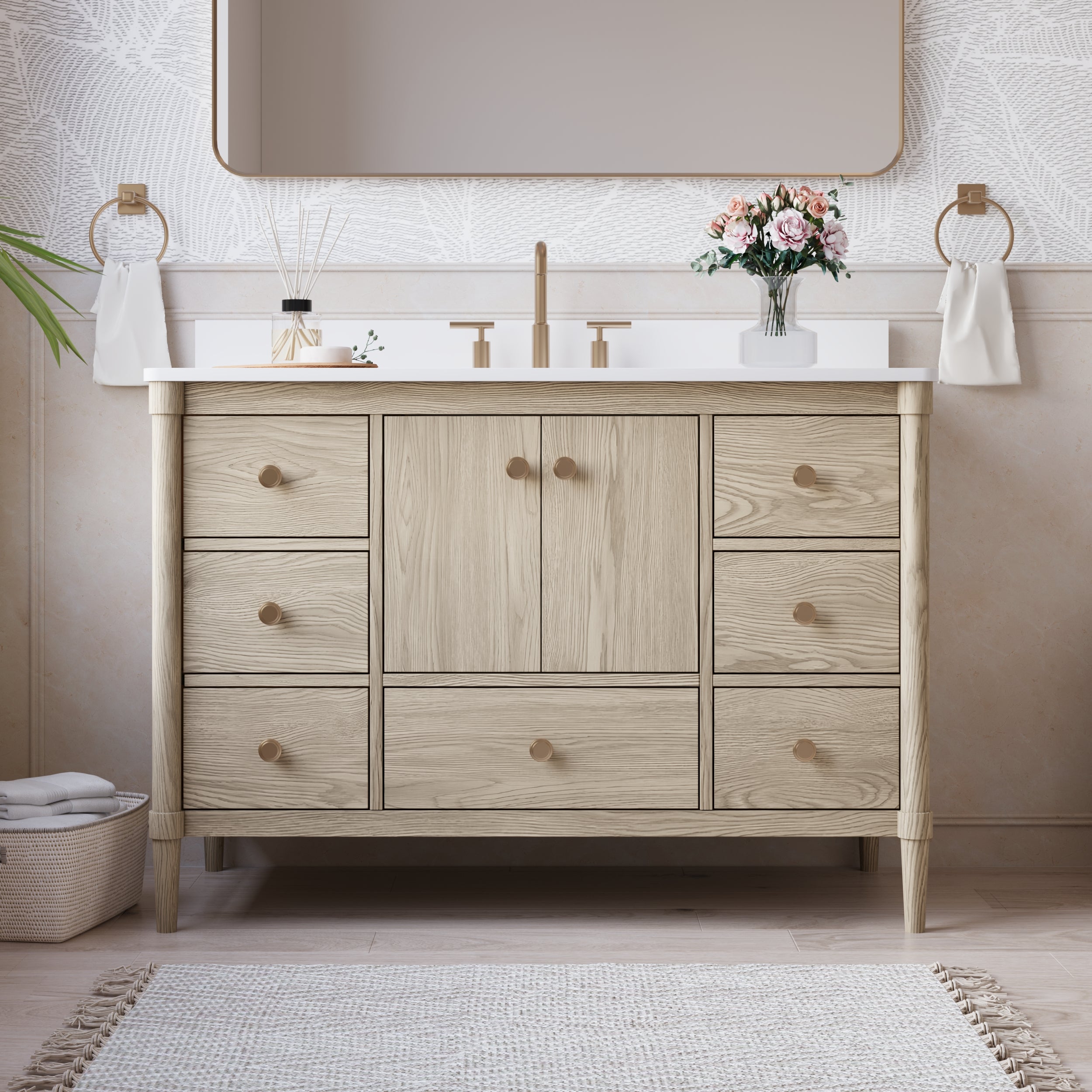
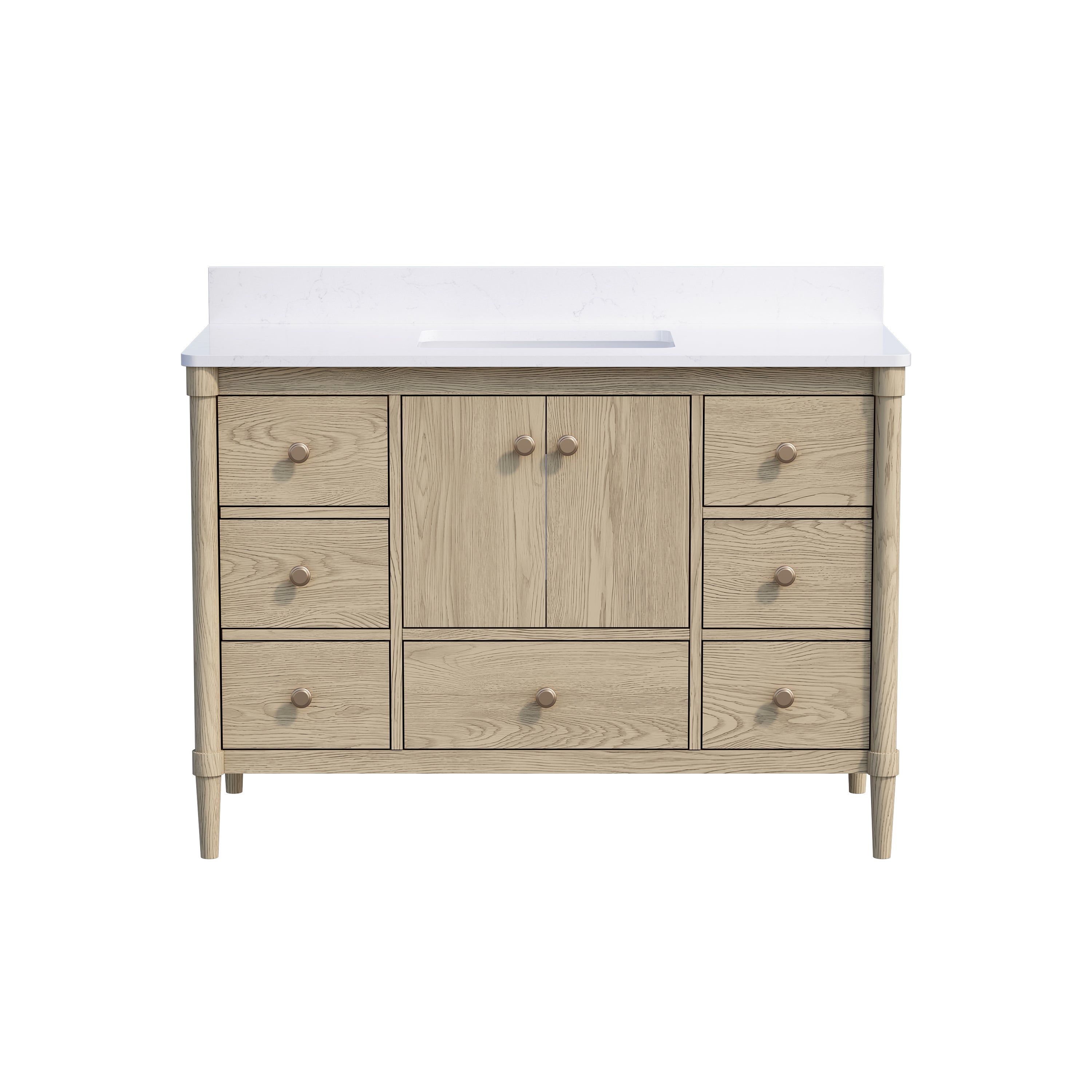
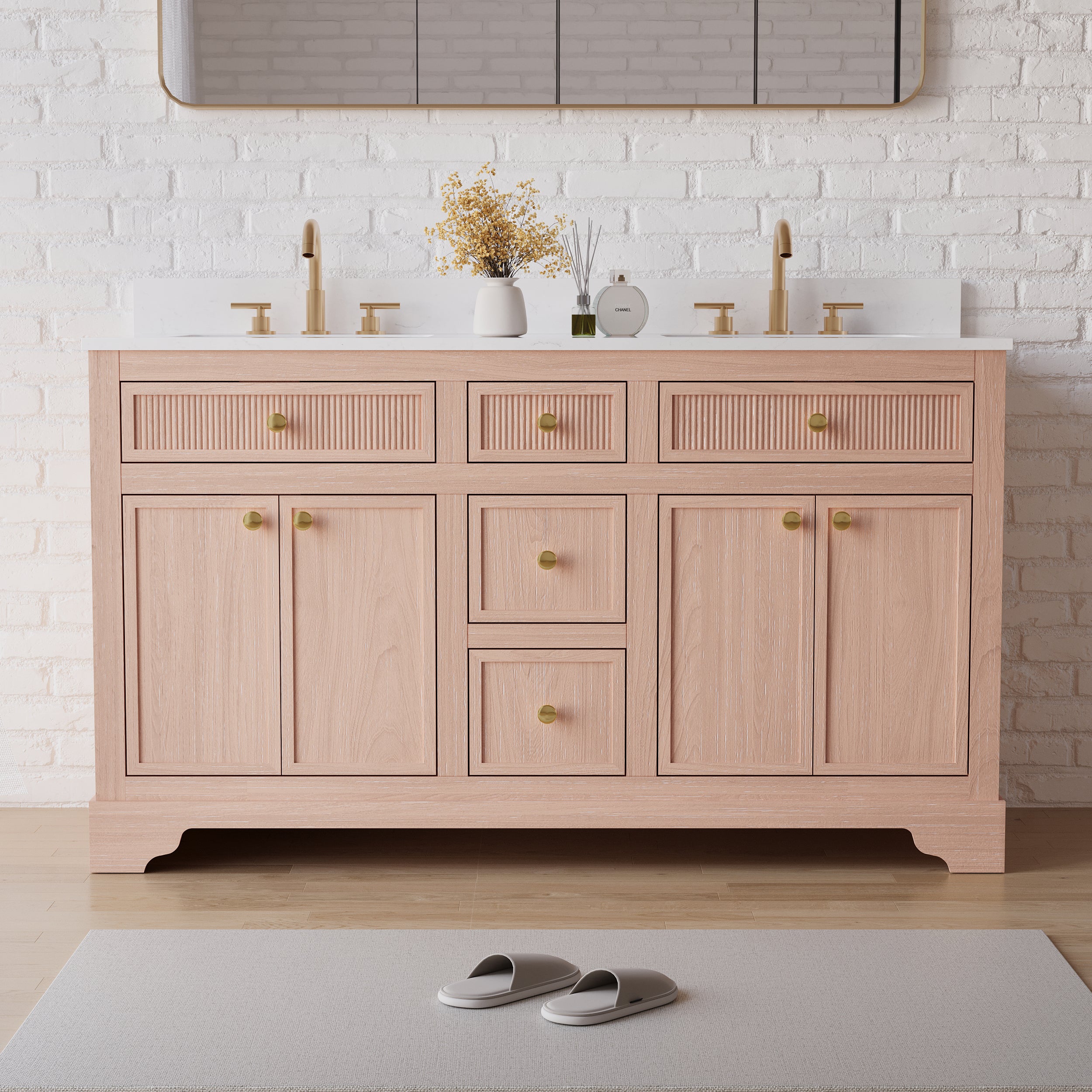
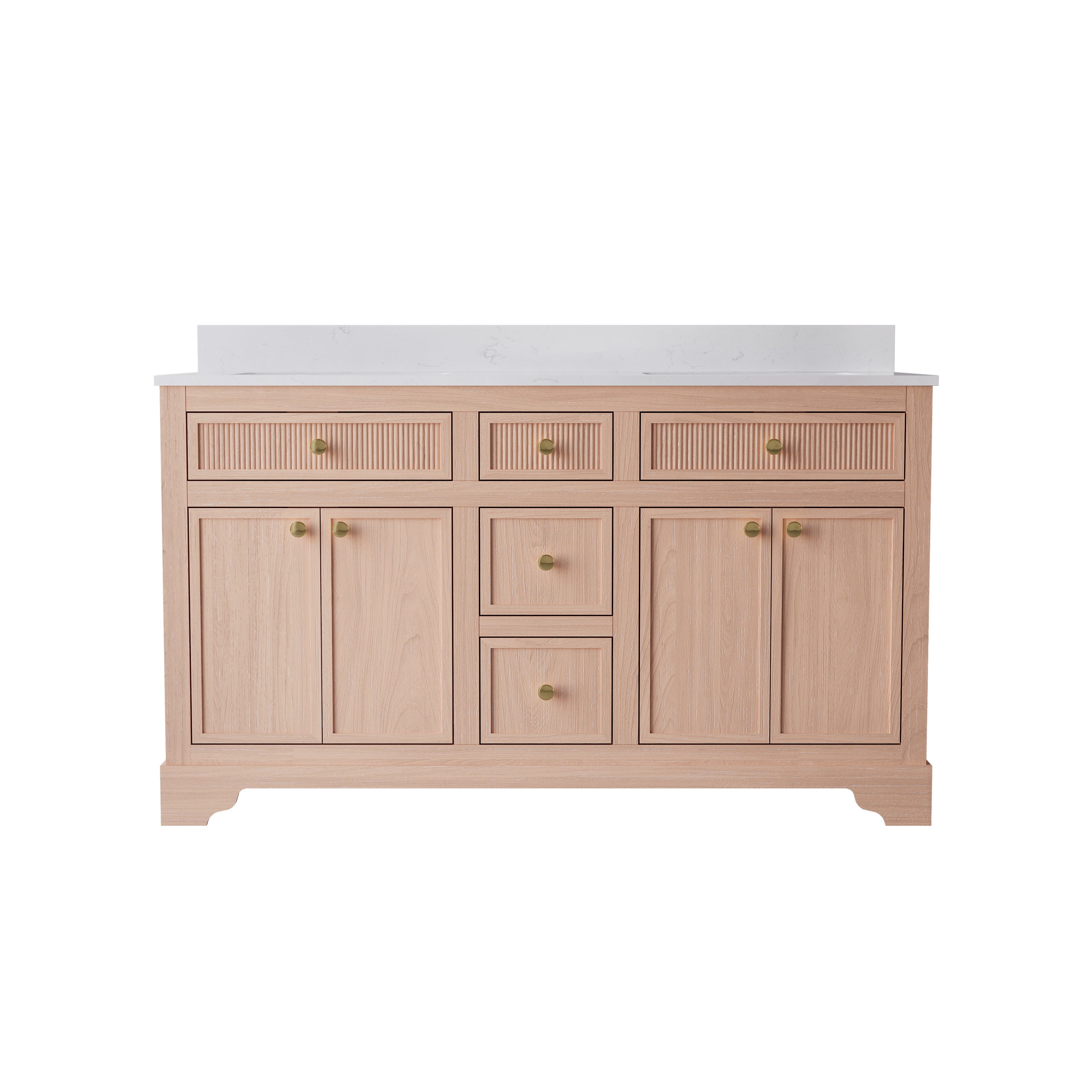
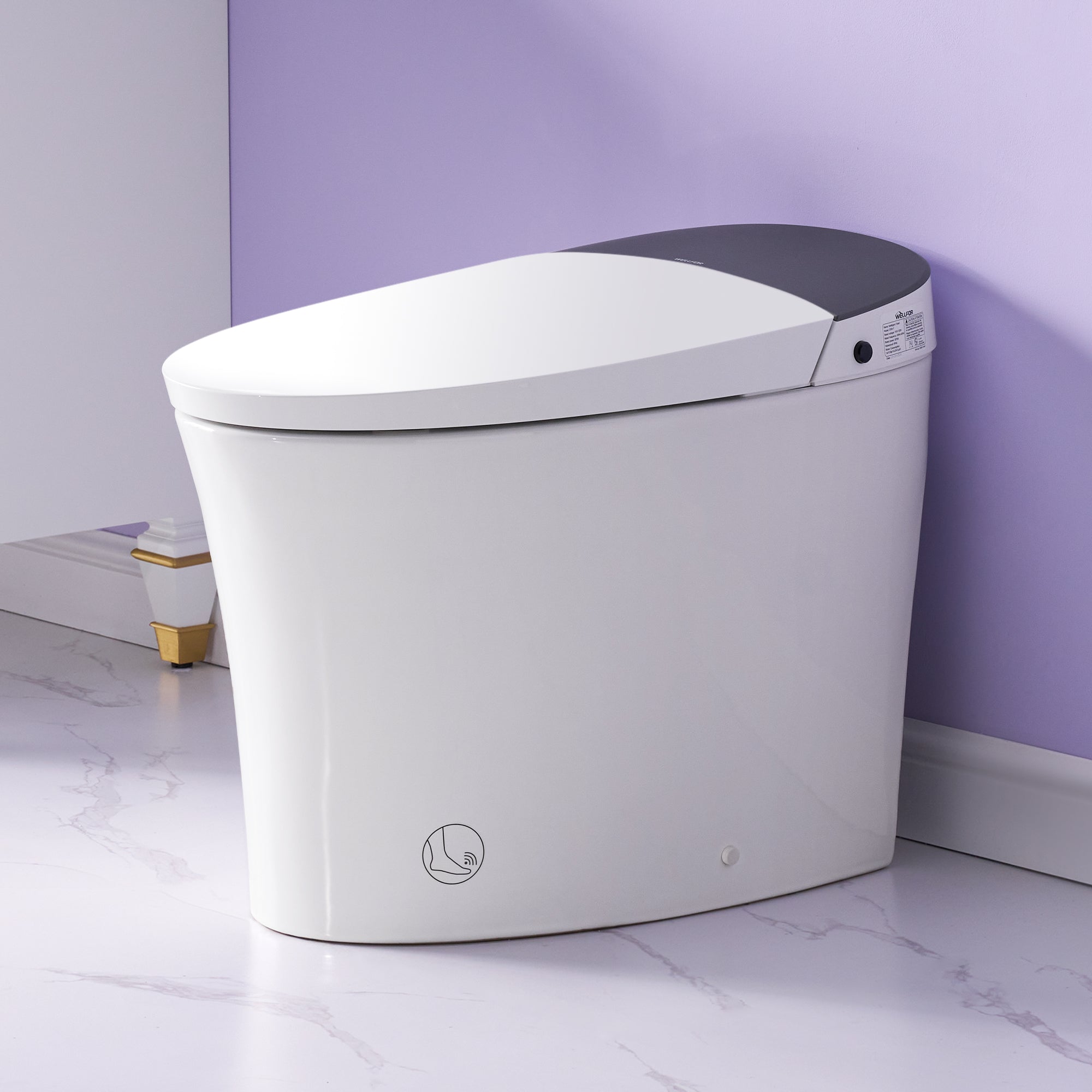
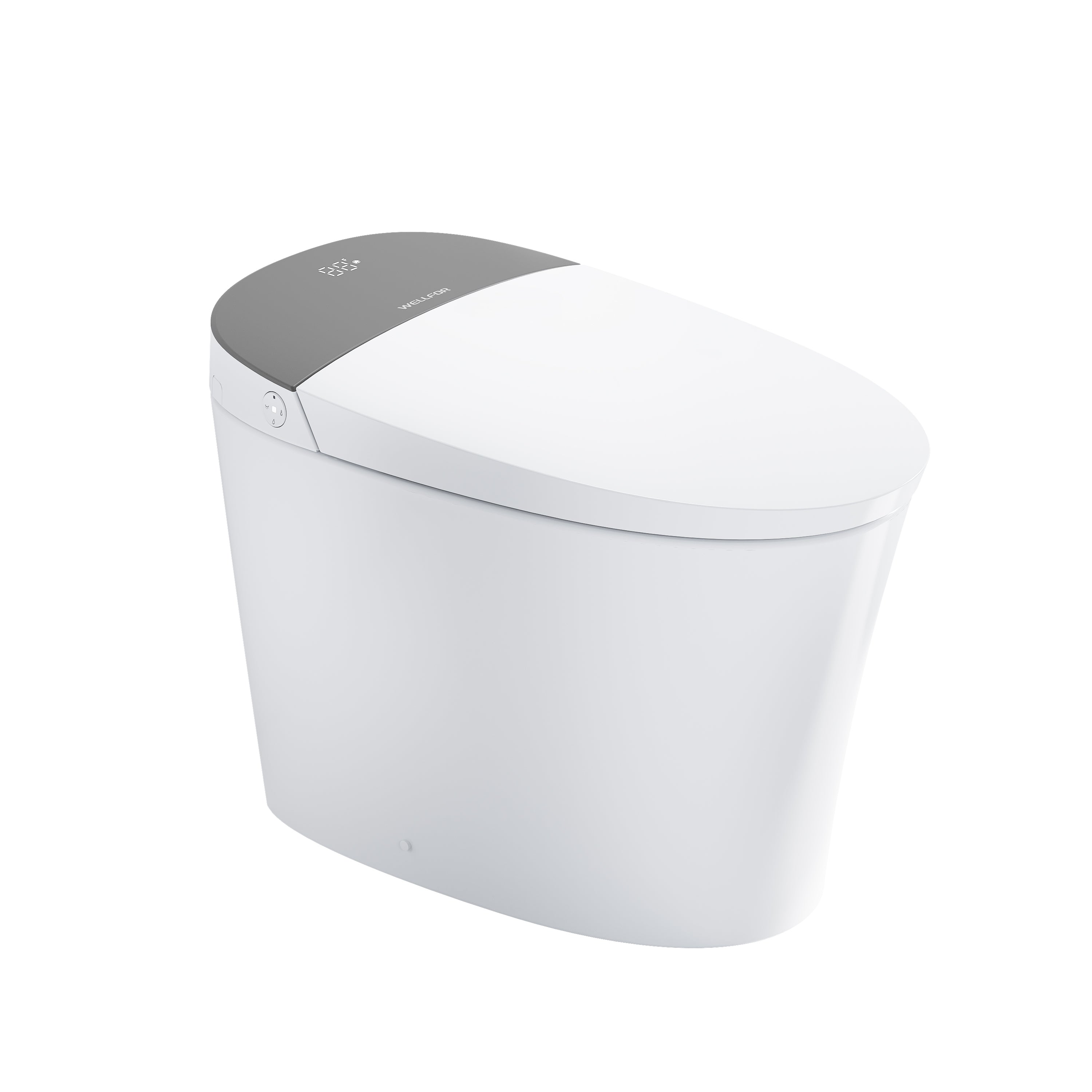
Leave a comment
This site is protected by hCaptcha and the hCaptcha Privacy Policy and Terms of Service apply.